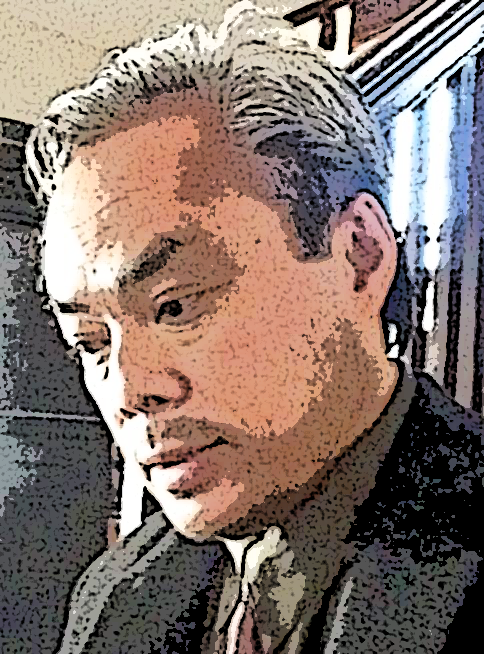An Earth Citizen Awakes
I have awoken, but I am only one of my 'Rip Van Winkle generation'. What have we just done?! What can we do now? What can I do?
My Awakening
Since my college years at Lake Itasca Biological Station, I have revisited this birthplace of my interest in biology and single-cell critters (see Biography). I am often saddened to see drastic changes of the ecosystems I used to know so well. The bog mats that once oozed with richness of protozoans are now dried. But my journey into biomedicine and teaching was always all-consuming, so I ignored the warning signs.
It was 2010 when I visited my elder friends, Drs. Bob and Ruth Willey. They were living in Gunnison, Colorado. The Willeys were biologists at the Rocky Mountain Biological Station and protectors of the mountains from excessive mining and development.
We toured around and soaked in the spring air and radiant flowers of beautiful Gothic Mountain. We drove past multiple study sites with manmade simulation of climate prediction into the future by plant biologist David Inouye. He has been studying flowering plants of these peaks for many decades. As the snowcaps melted and spring came earlier each year, the timing of their field studies had shifted by months. The plants and pollinating insects are out of synch. Their predictive simulation shows that the rich plant diversity and ecosystem of this mountainous region will disappear in less than 30 years.
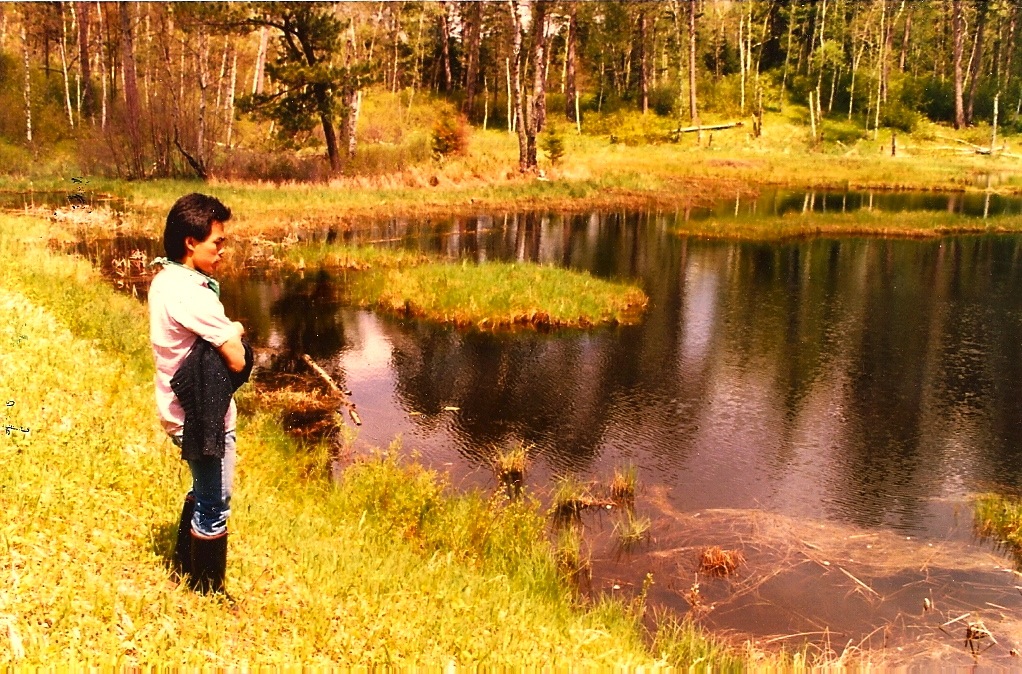
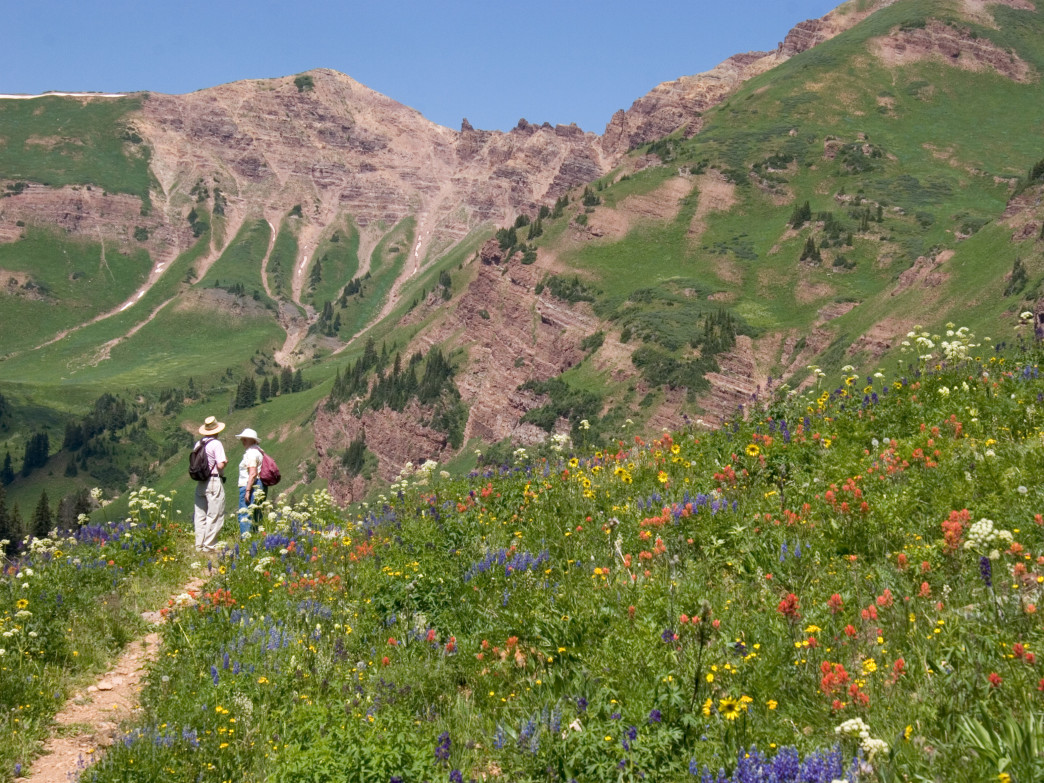
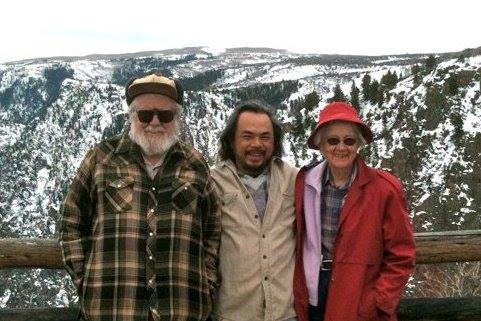
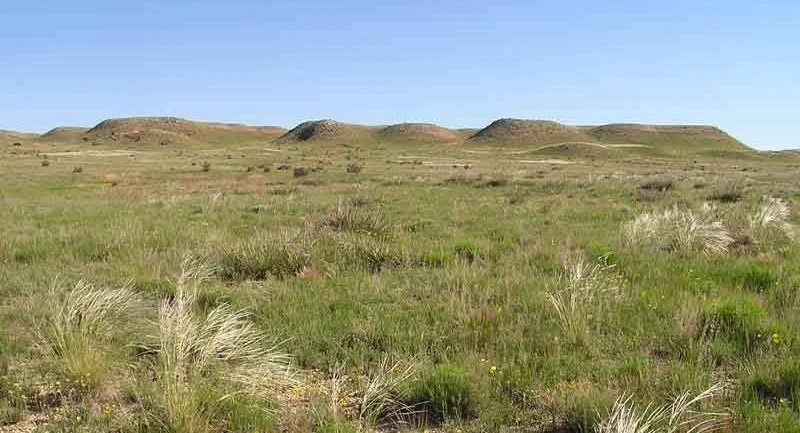
That gorgeous ecosystem at 10,000-feet elevation will look more like prairie and desert land. That drive back to Chicago was a rude awakening as I drove down the mountains and through prairie lands of the Midwest.
Since that day, I've paid more attentions to the drastic changes of the world around me. Shifts in ecosystems normally occuring on geological timescales of thousands of years are happening within my adult life while I was busy in the laboratory and classroom.
For the next years, I felt shame whenever I saw children playing at playground. I had recurrent dreams of 'Mad Max' apocalyptic landscapes with kids crawling out of rabbit holes when the scorching sun sets. They play in the cooler air and bright moonlight. Children will play as children do, whether in a war zone of Viêt Nam, or in my Mad Max dreamscape.
Photos. This 'Rip van Winkle' is wakening.
Our kids will not live in the same beautiful, safe world we are discarding with recklessness.
I devoted the last decade working on a brain problem that affects a third of people on Earth. Global warming and environmental degradation will harm all generations of life. Our human civilization is at impending risk.
I have awoken, but I am only one of my 'Rip Van Winkle generation'. What have we just done?! What can we do now? What can I do?
My Acclimation
Since my awakening, I find find time to learn and plan. The need is urgent to help in our solutions to climate mitigation and adaptation .
Visual map of my journey since shocked with the impact of climate change on our ecosystems.
Classroom Knowledge
The first step was coursework. I needed to know the four parts of the problem and the solution: science-technology, business, public, and policy.
Yale School of Forestry and Environmental Studies: Physical Science for Environmental Management, Science to Solutions: How Should We Manage Water, Sustainability Metrics, Diverse Voices: Environmental Leaders on Climate Change and the Environment, Synthesizing Environmental Science for Policy.
Stockholm University (on-line): Planetary Boundaries and Human Opportunities.
Columbia University (on-line): The Age of Sustainable Development, Climate Change Science and Negotiations.
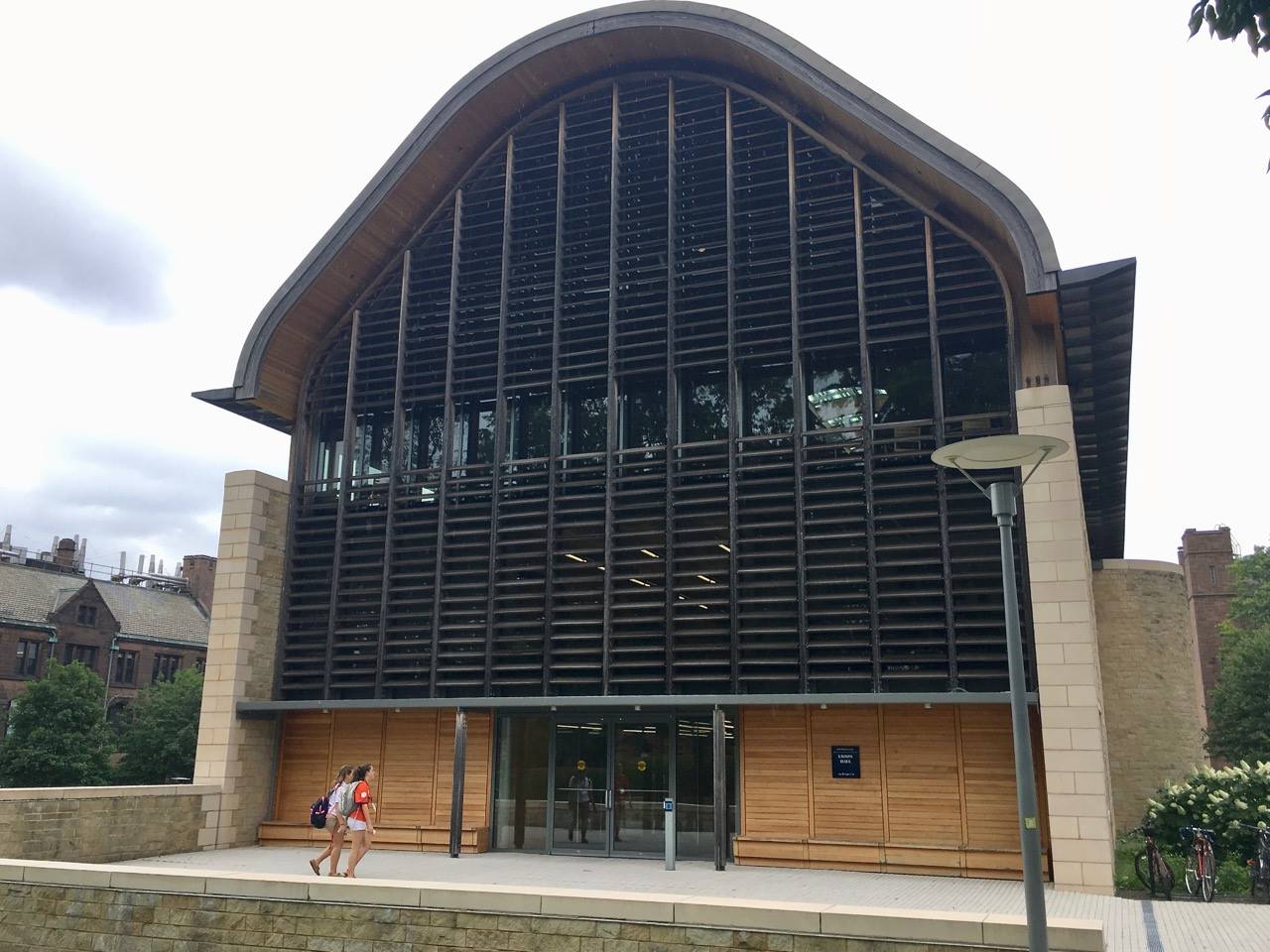

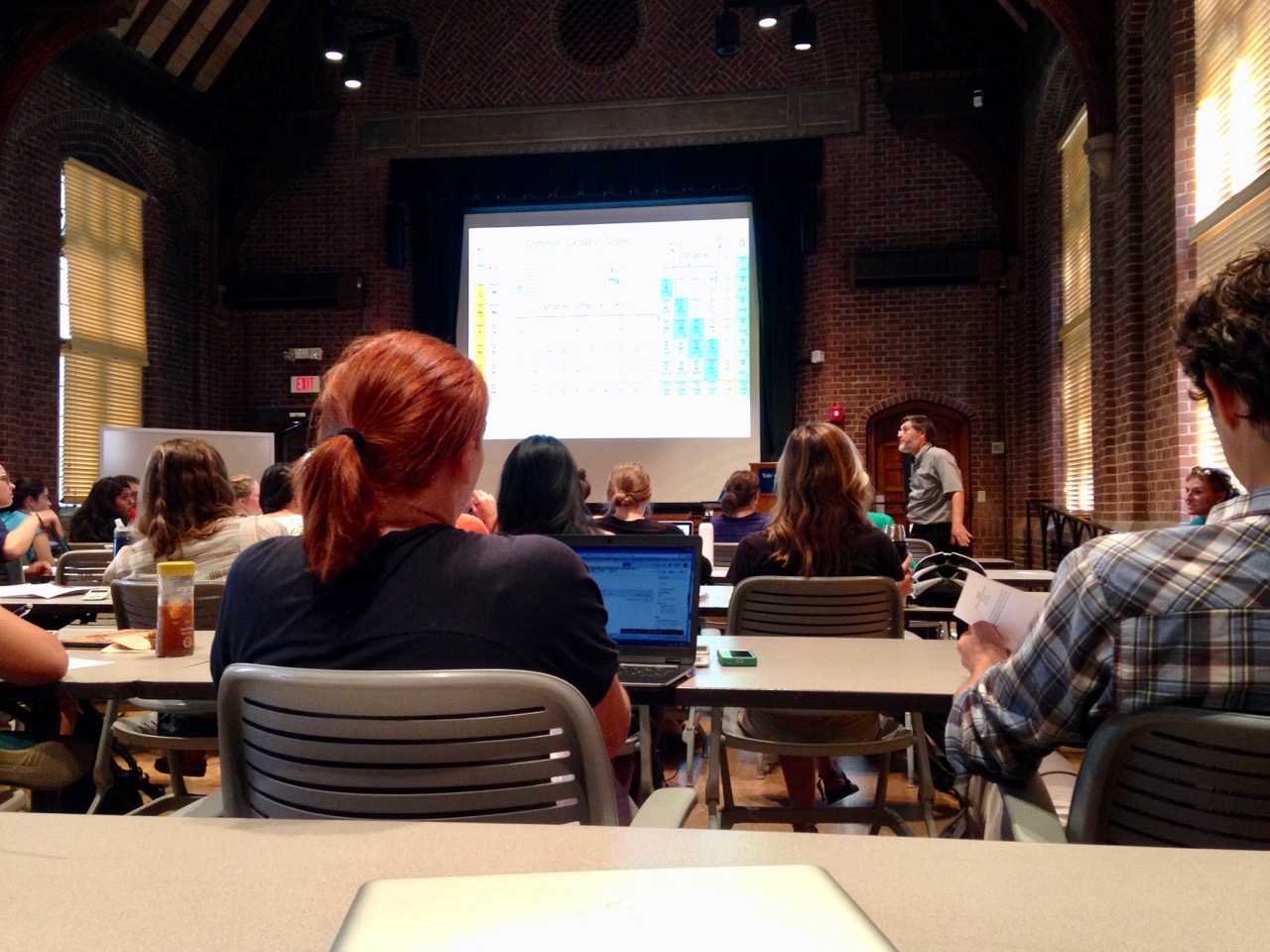
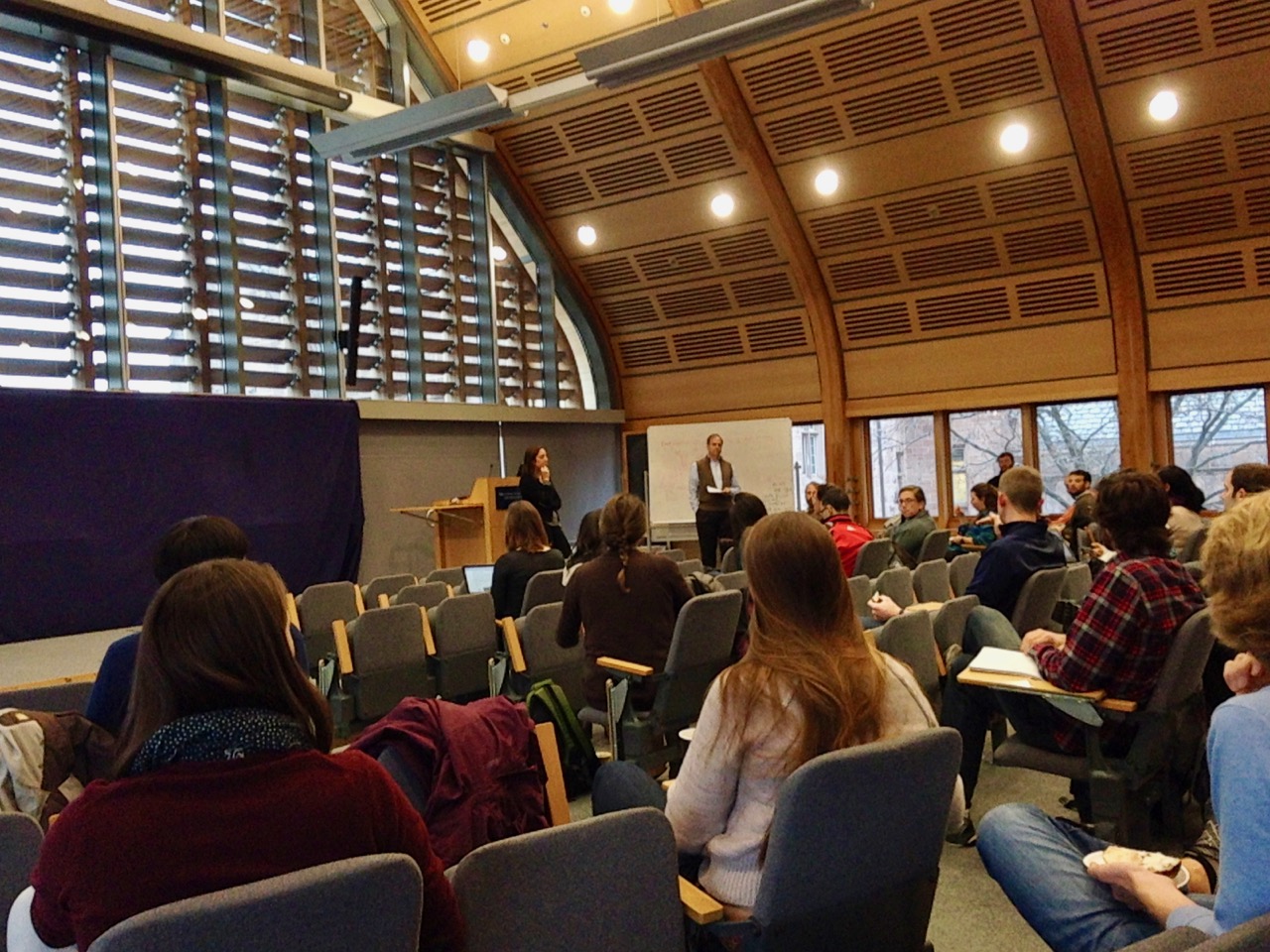
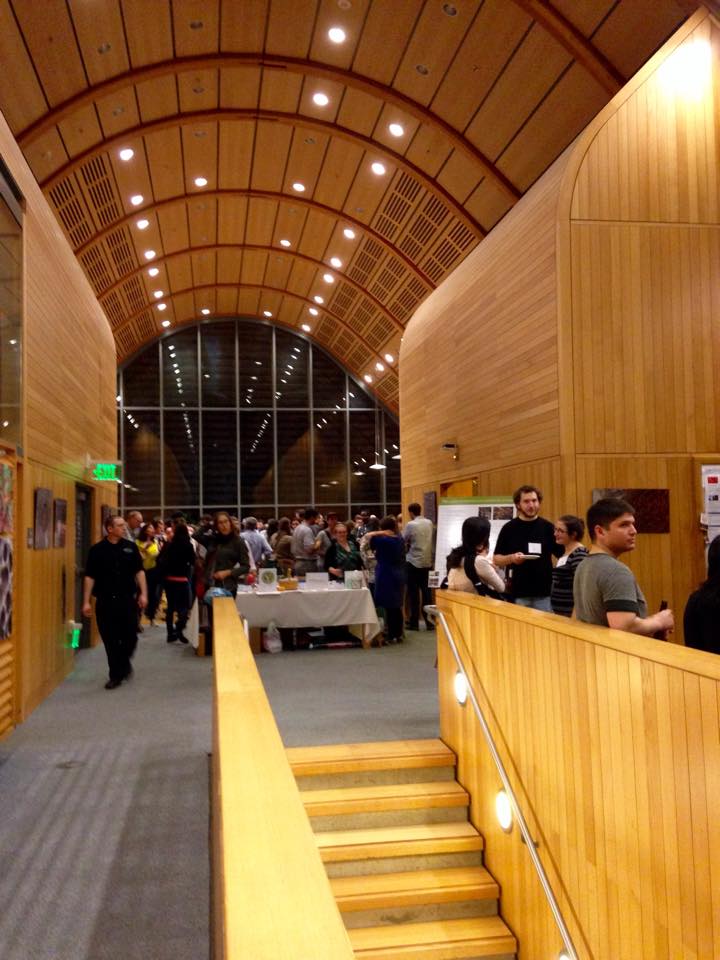
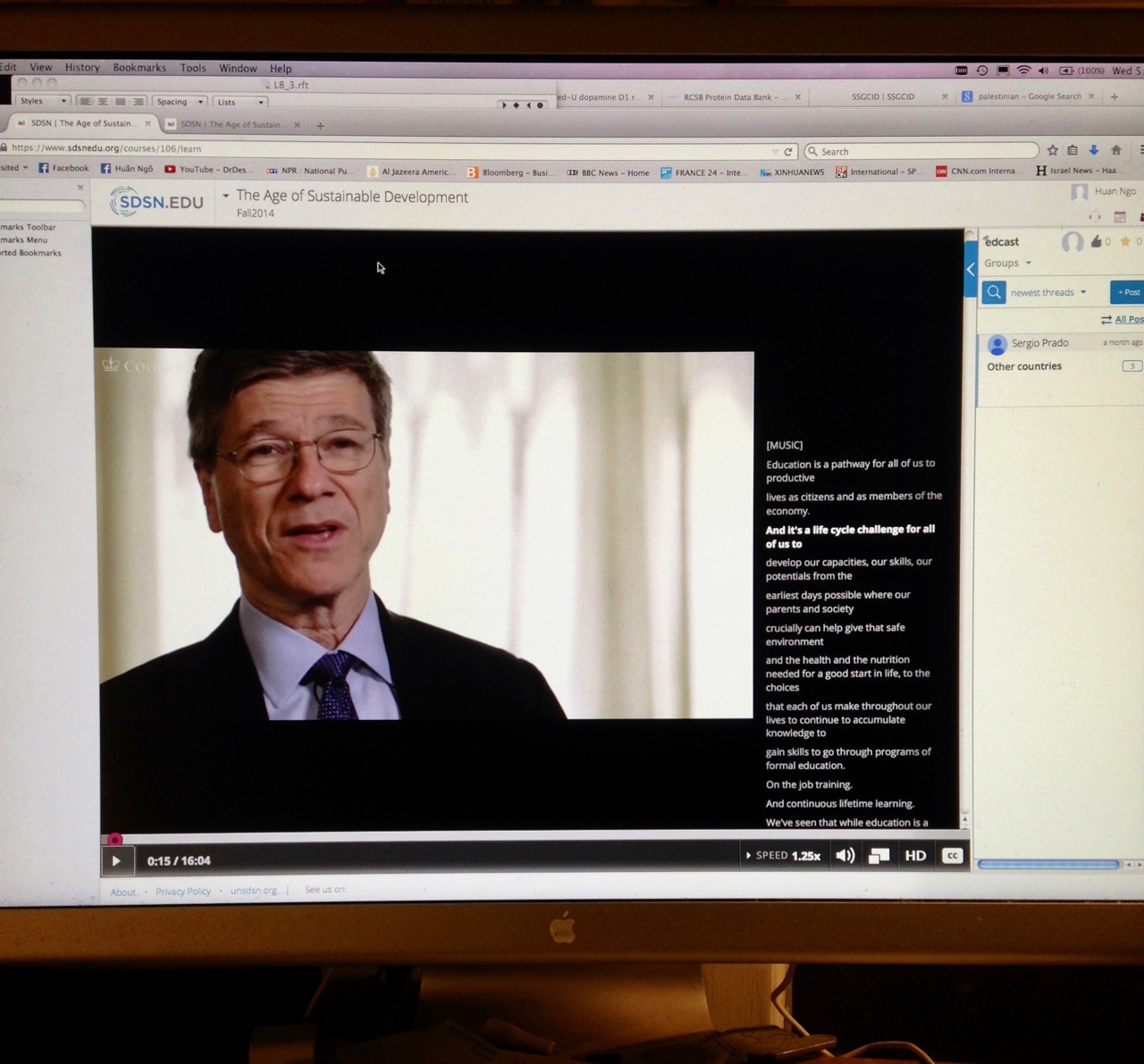
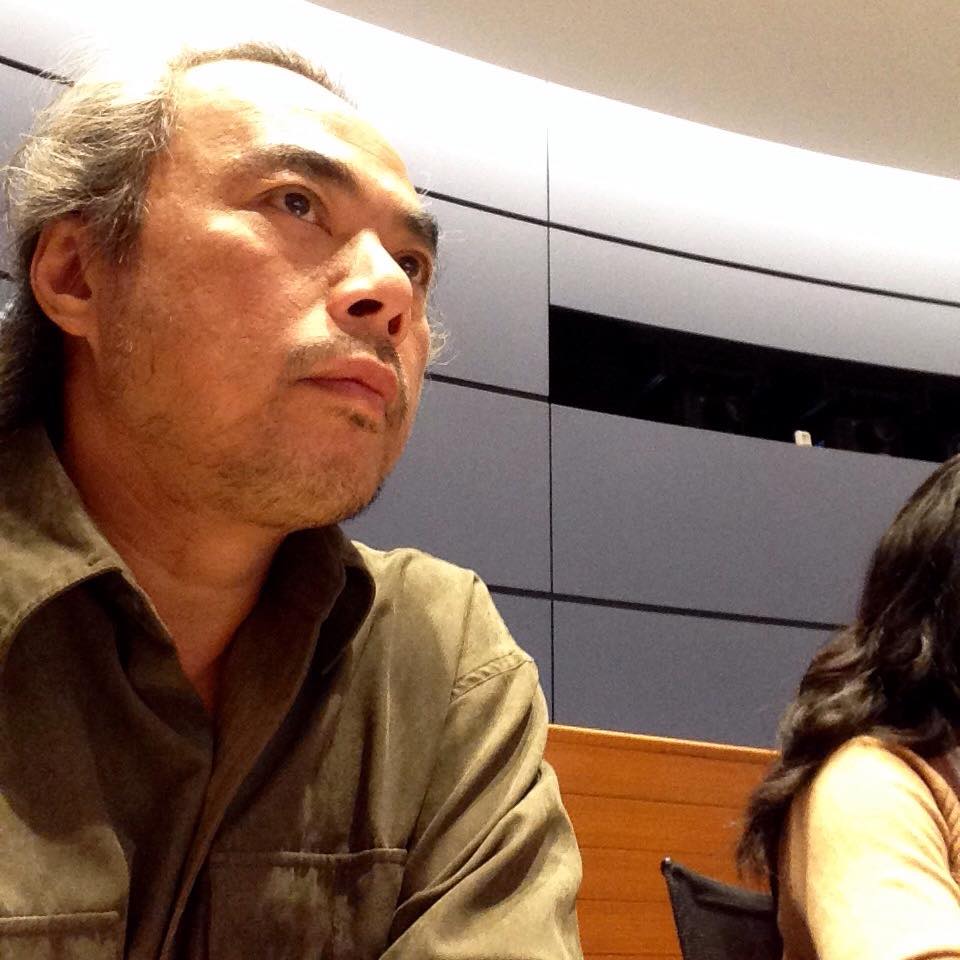
Photos. The returning student.
Links: Yale School of Forestry and Environmental Studies (SF&ES), Frances Beinecke, Aaron Mair, Shimon Anisfeld, Brad Gentry, Julie Zimmerman, Jeffrey Sachs, Columbia University.
The People
Second was to see and feel beyond the classroom. I went to coal mining towns in the Appalachian Mountains to look at the ecological impacts from a century of mining. I mingled and listened to people from this proud American culture. Our fellow citizens supported the rise of our country in the 20th Century and now are most disenfrachised with global climate mitigation. Future solutions must help their adaptation for survival and prosperity.
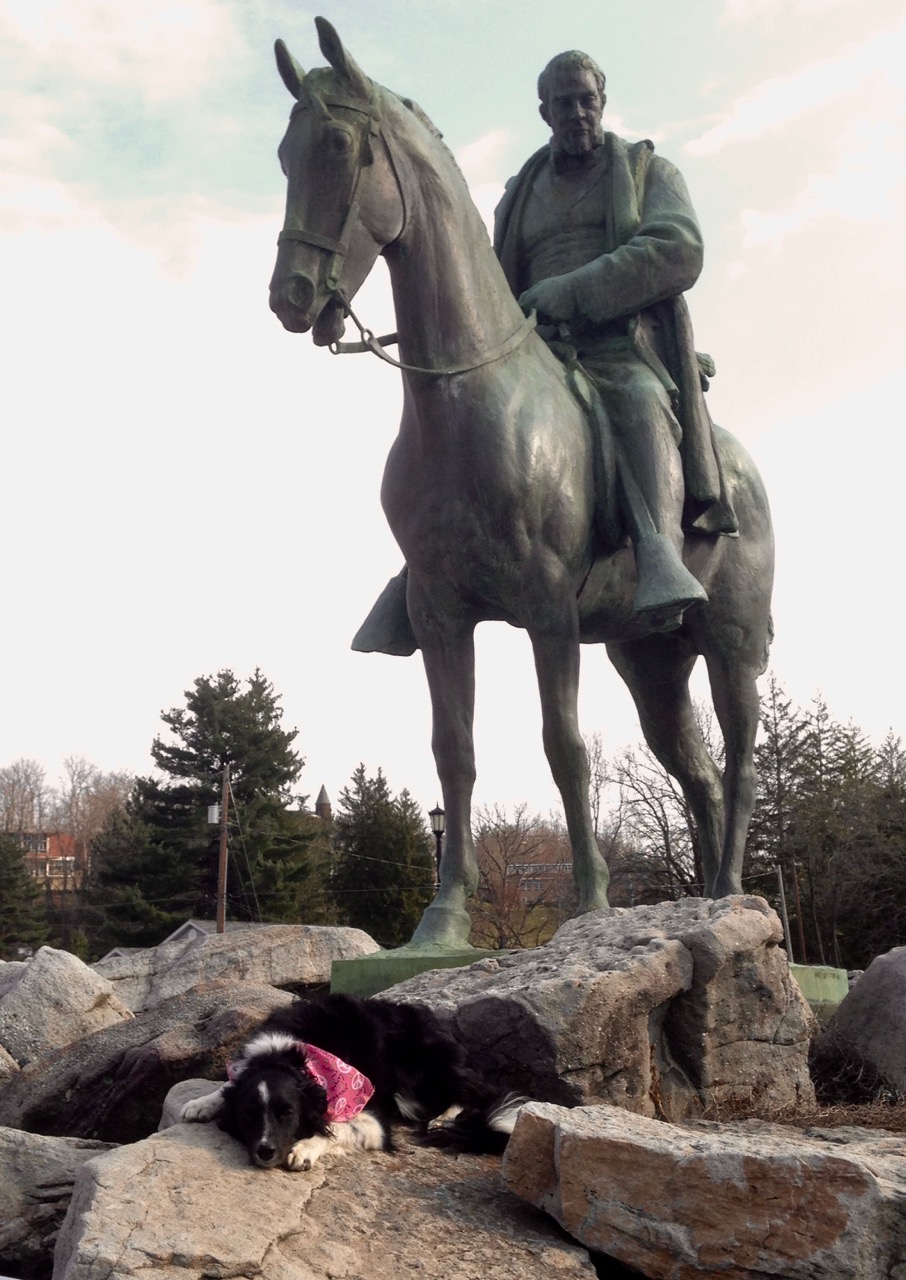
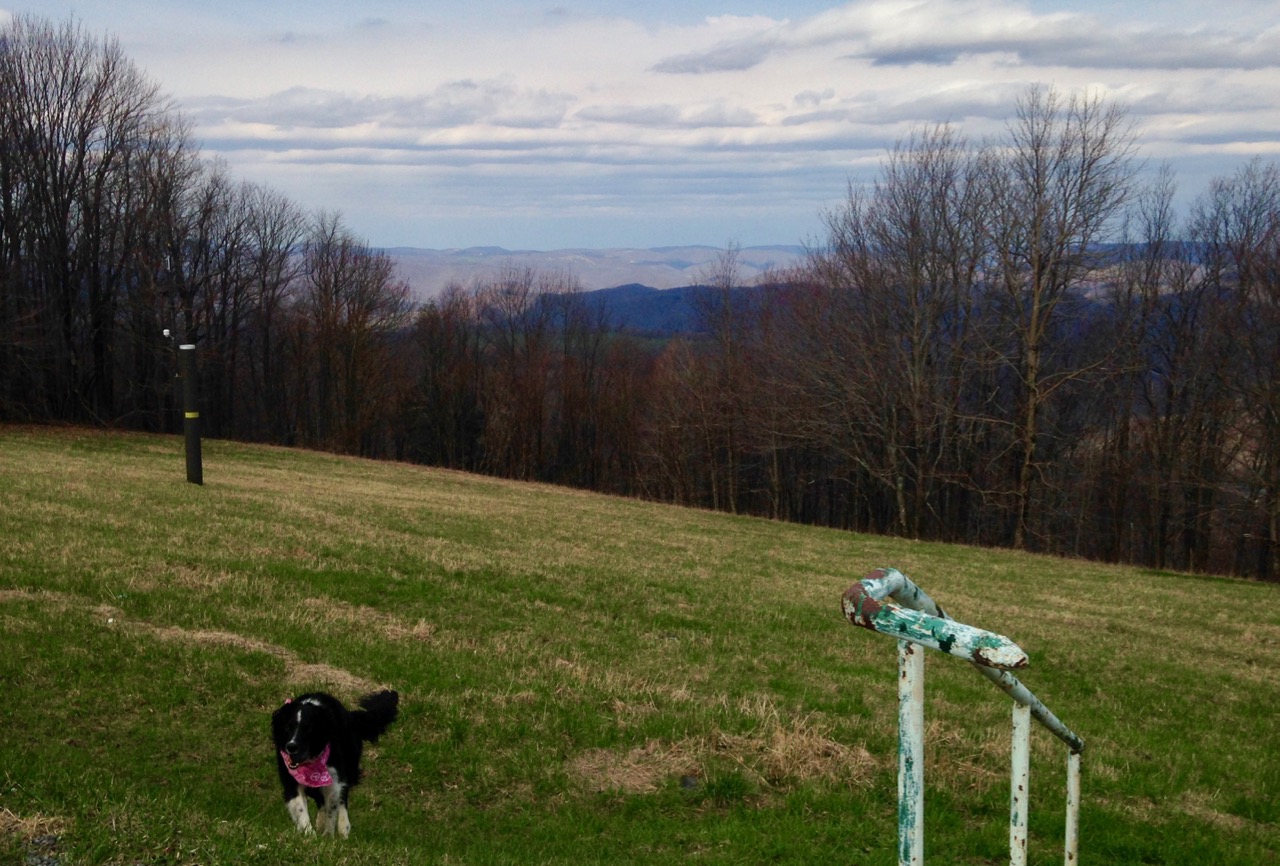

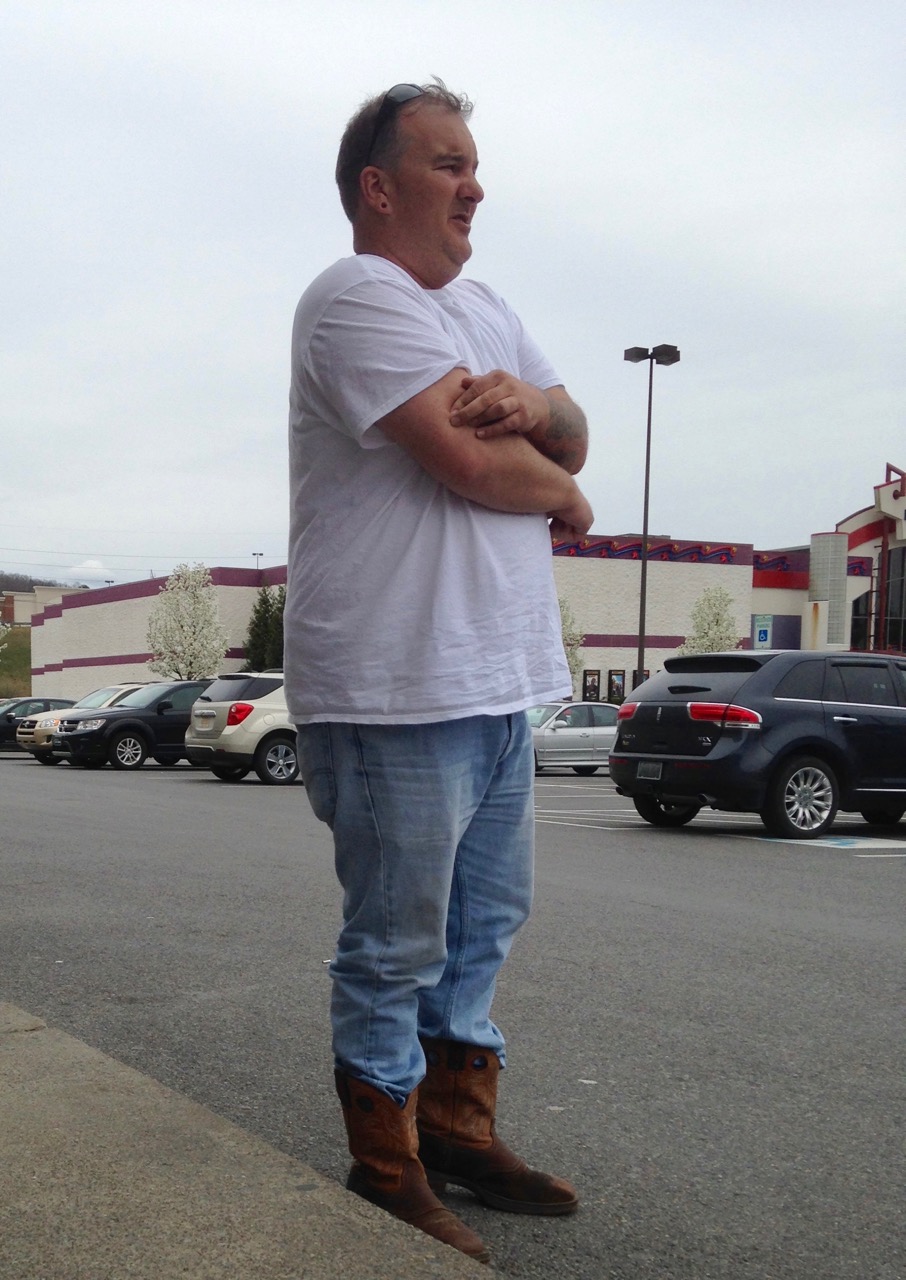

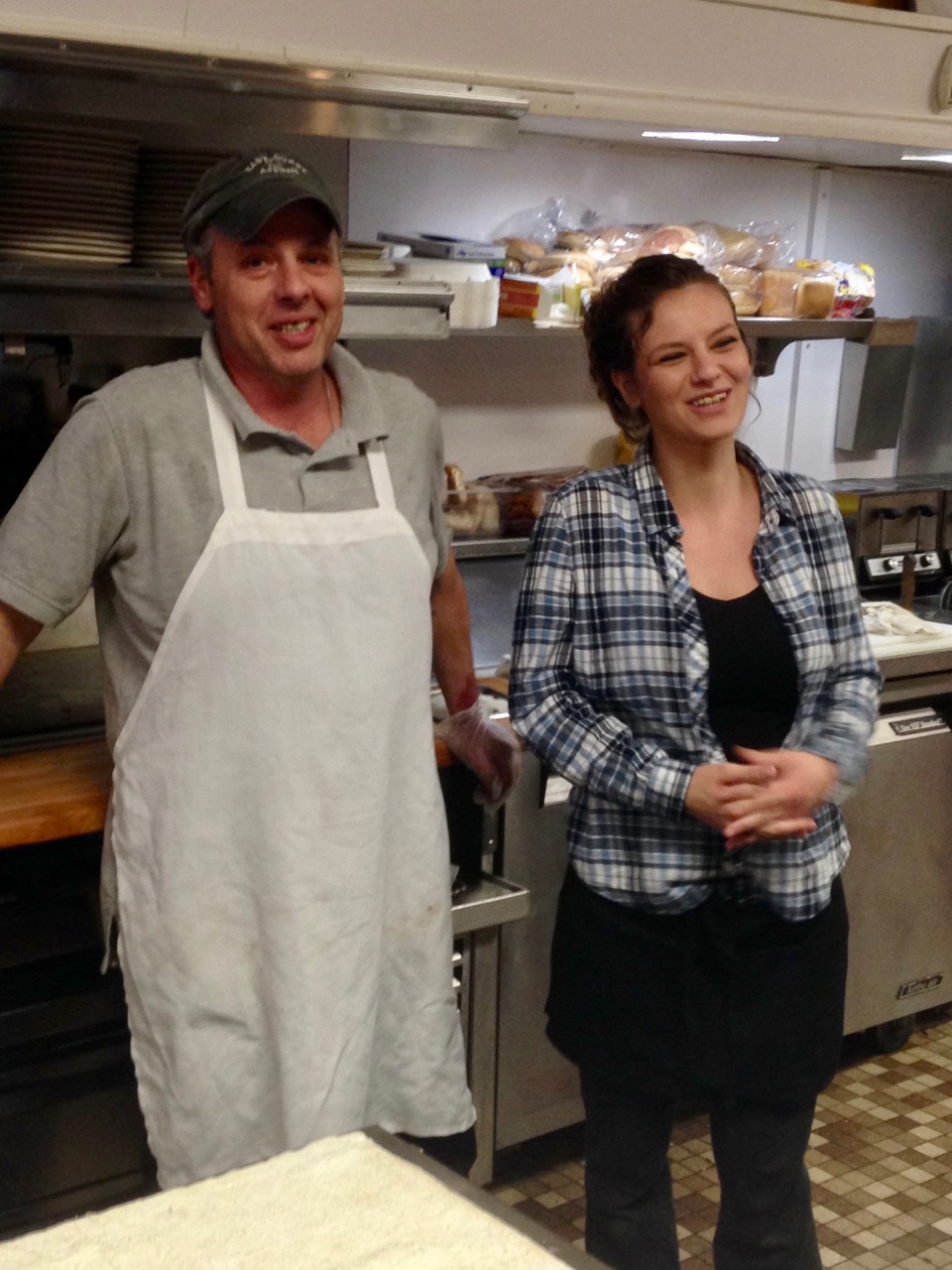
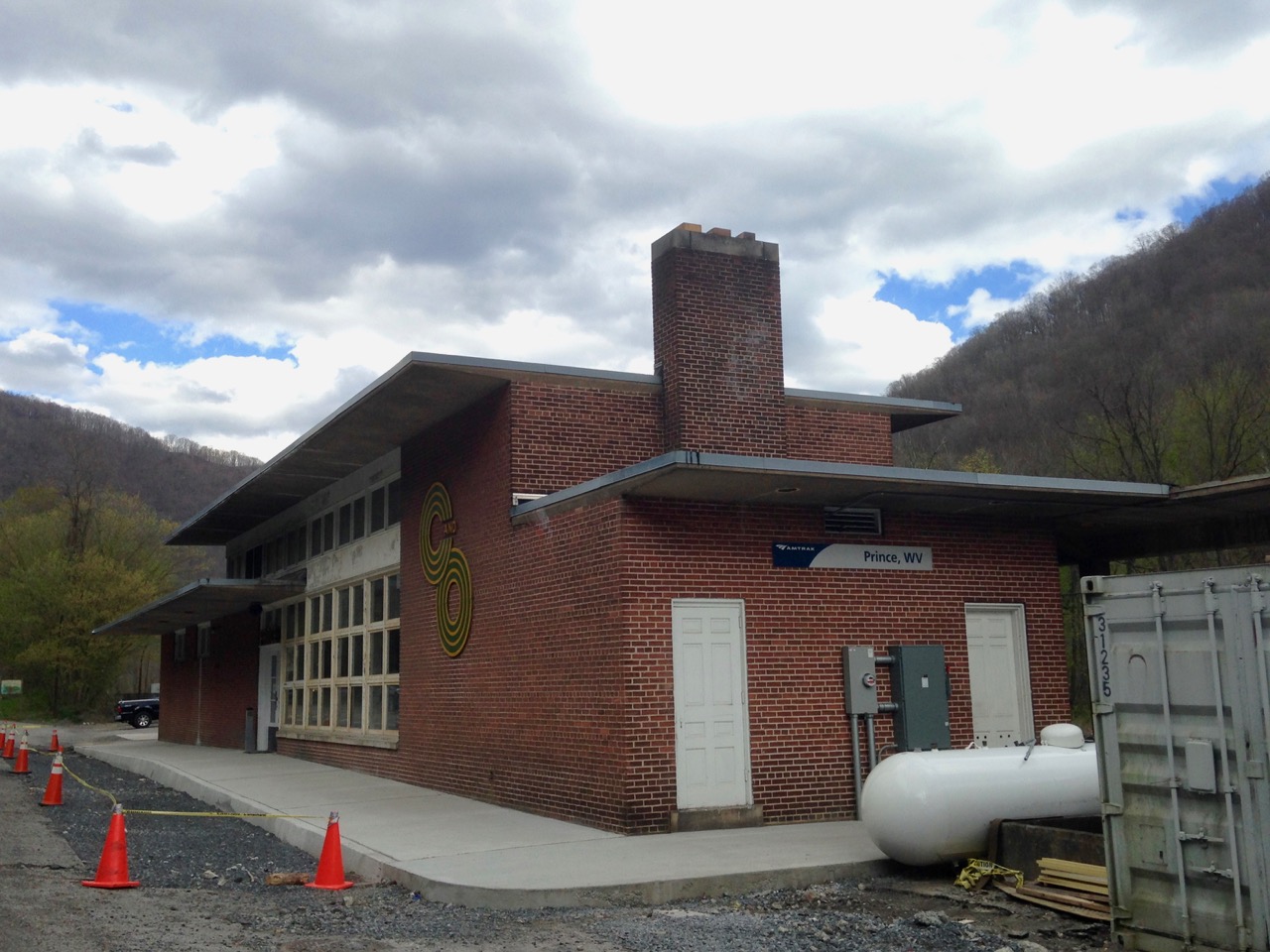
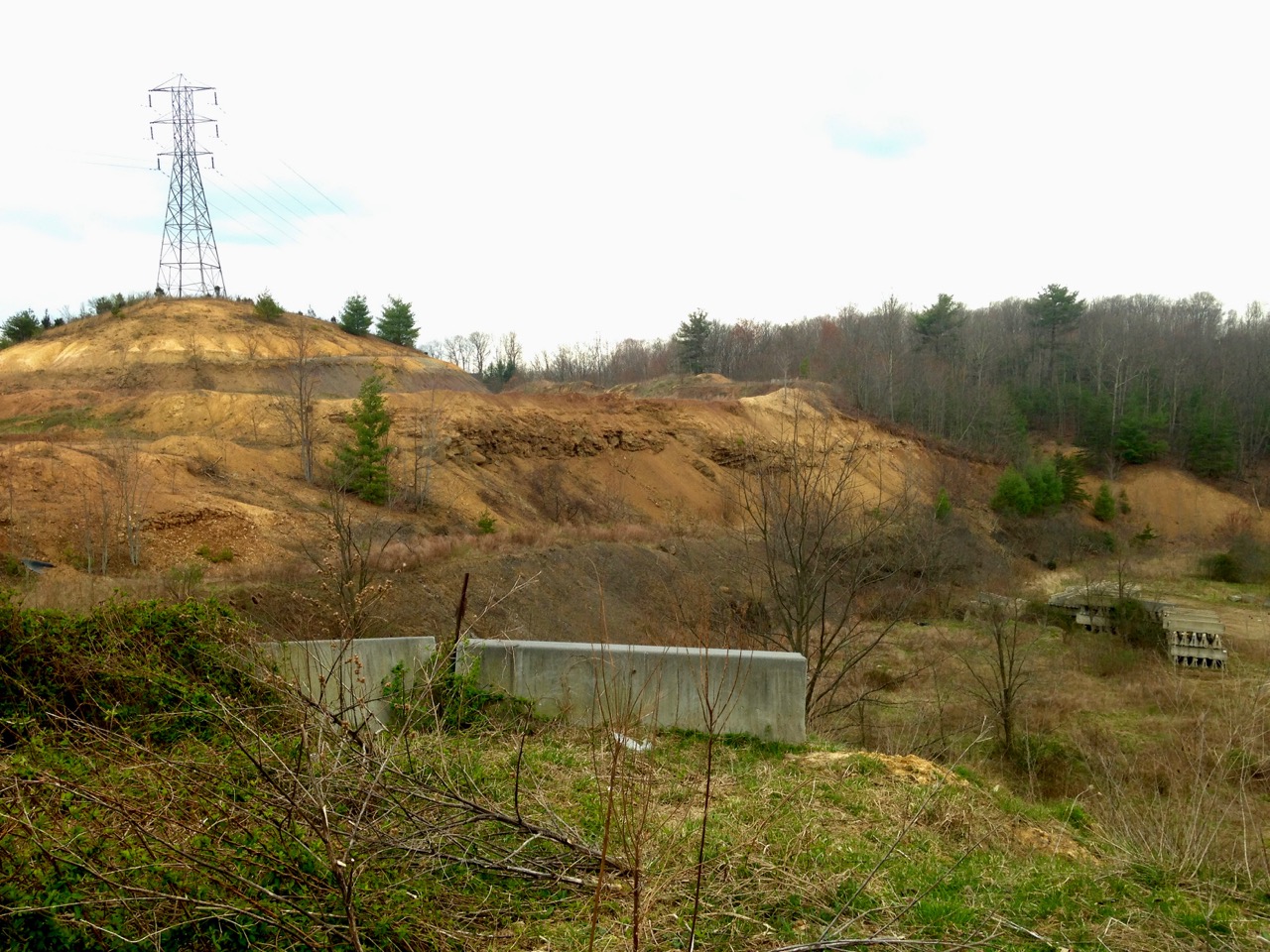
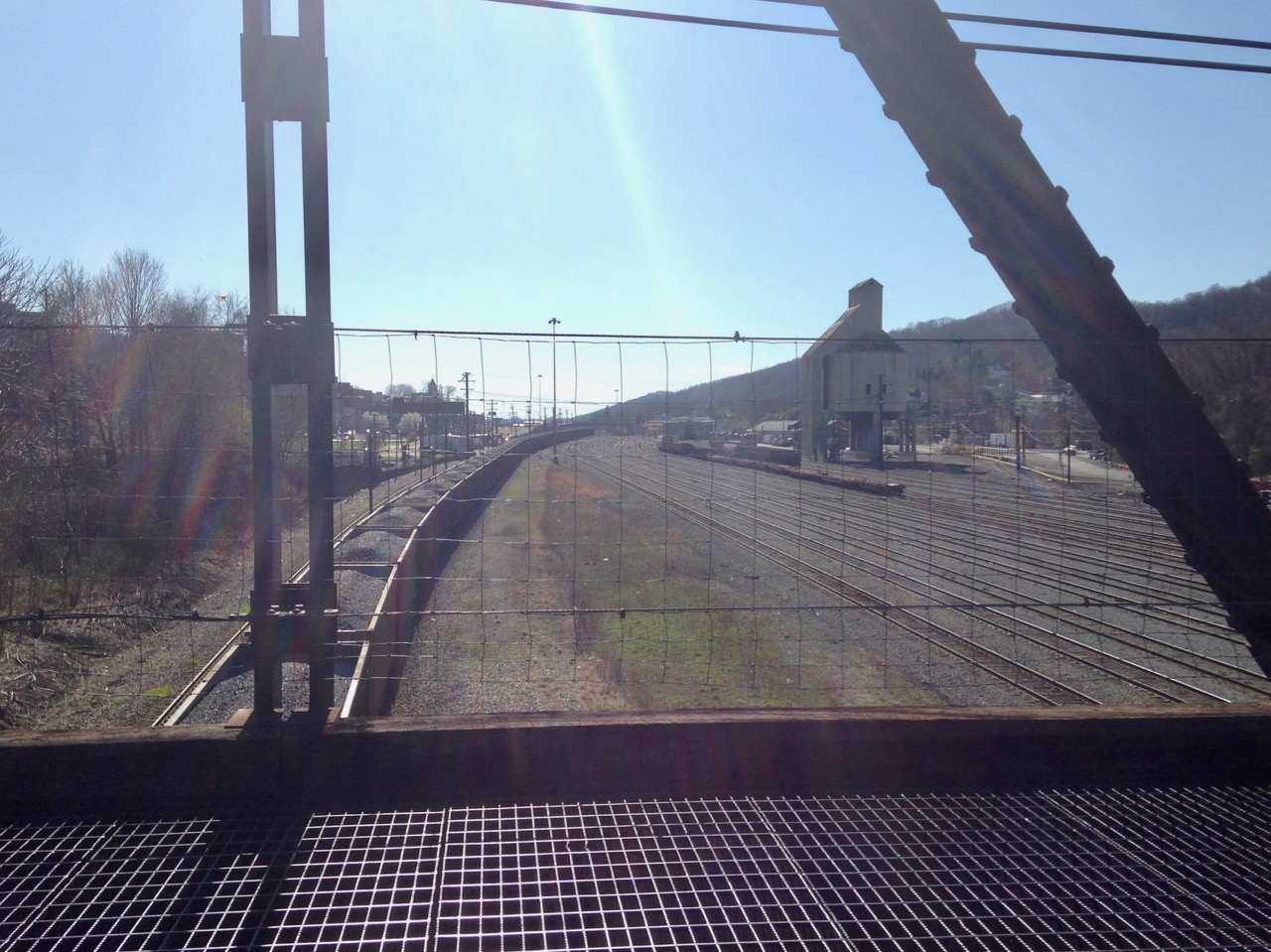
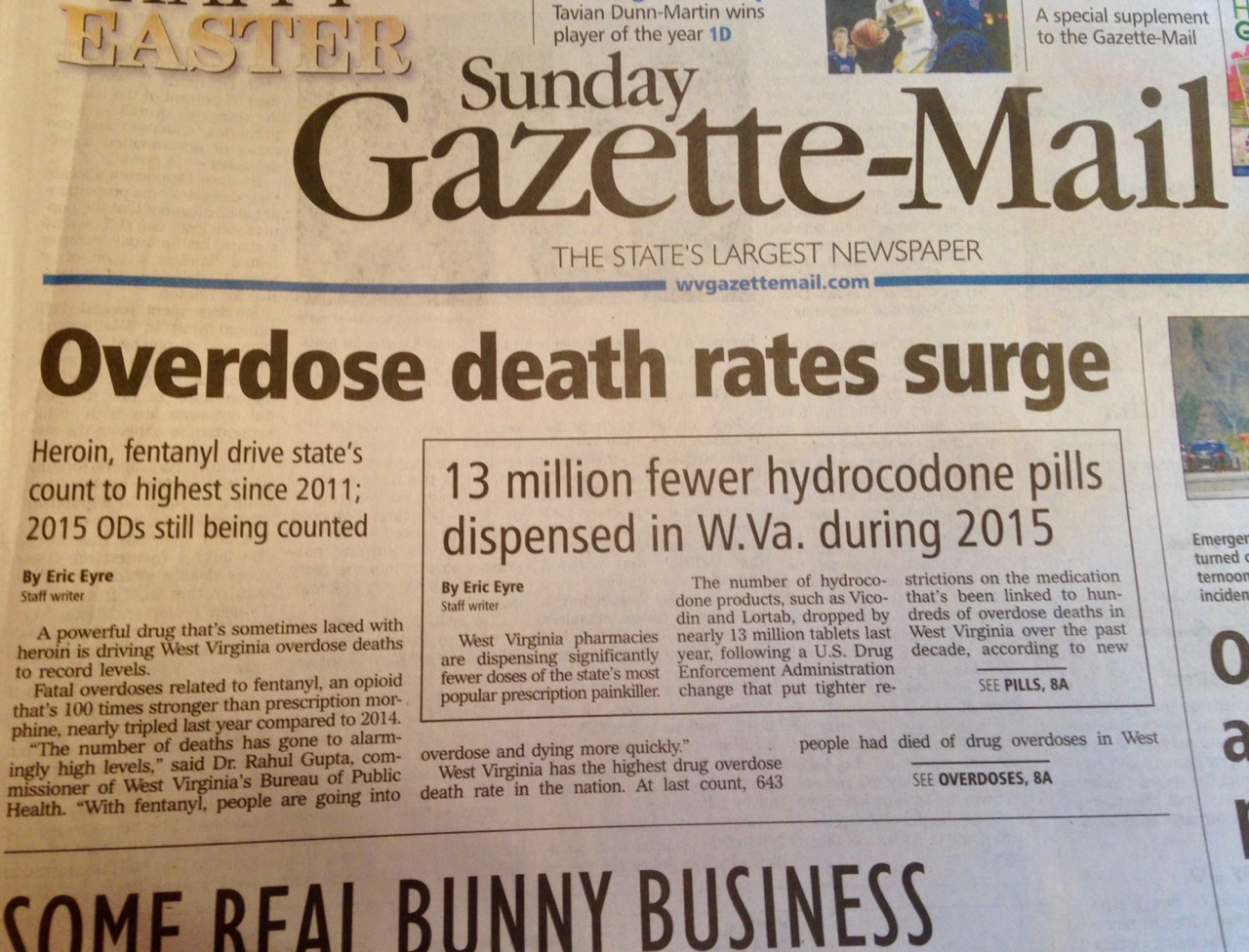
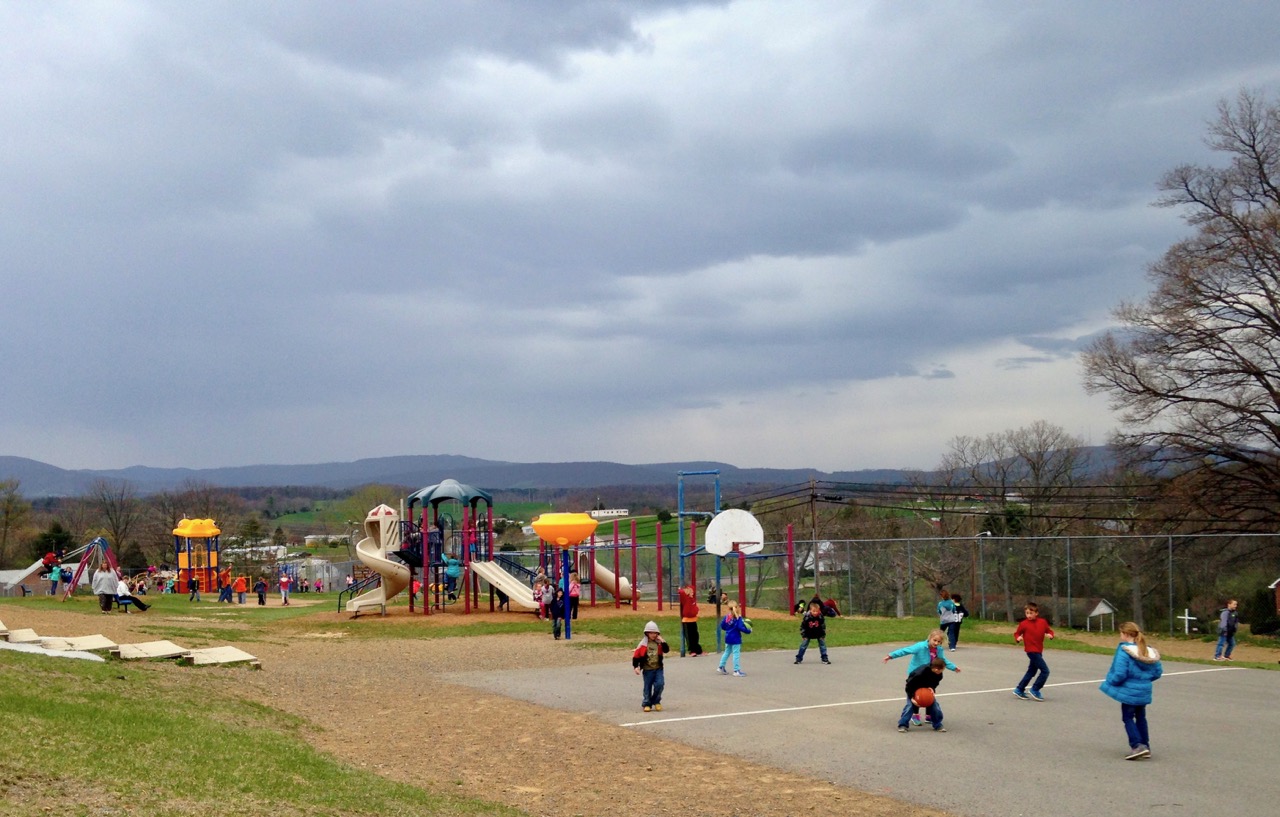
My Elm City
The next step was to learn from my front line. I joined New Haven activist groups to bring awareness and support for the 2015 Paris Agreement. Our climate movement then demanded and worked with City Hall to develop a Climate and Sustainability Plan. I promoted our city joining the Compact of Mayors to also lock in our city's transparency and accountability to the world.
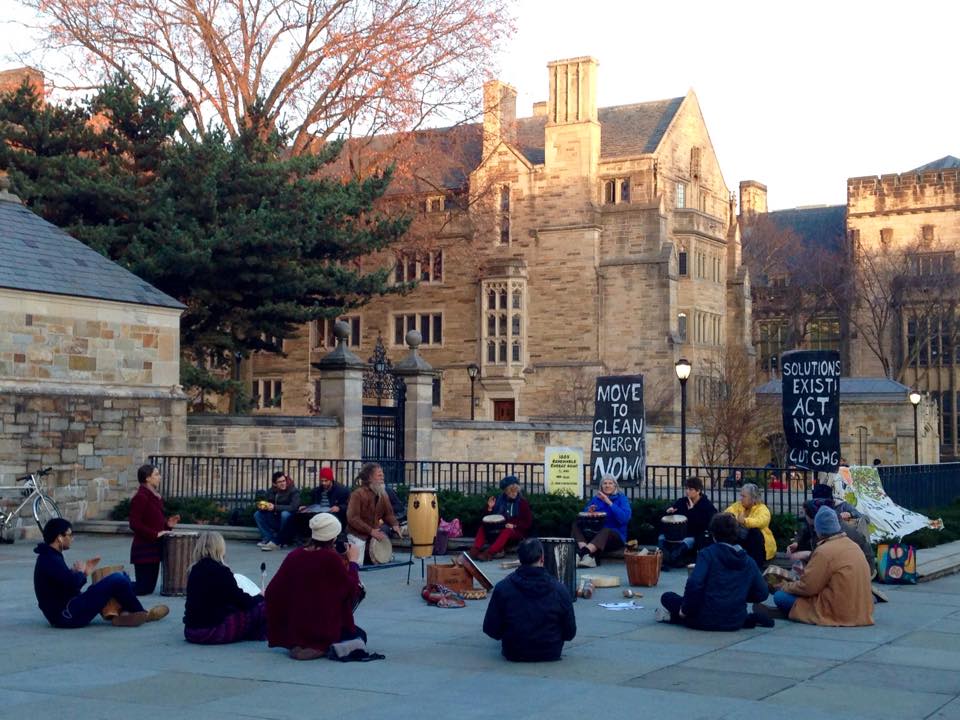
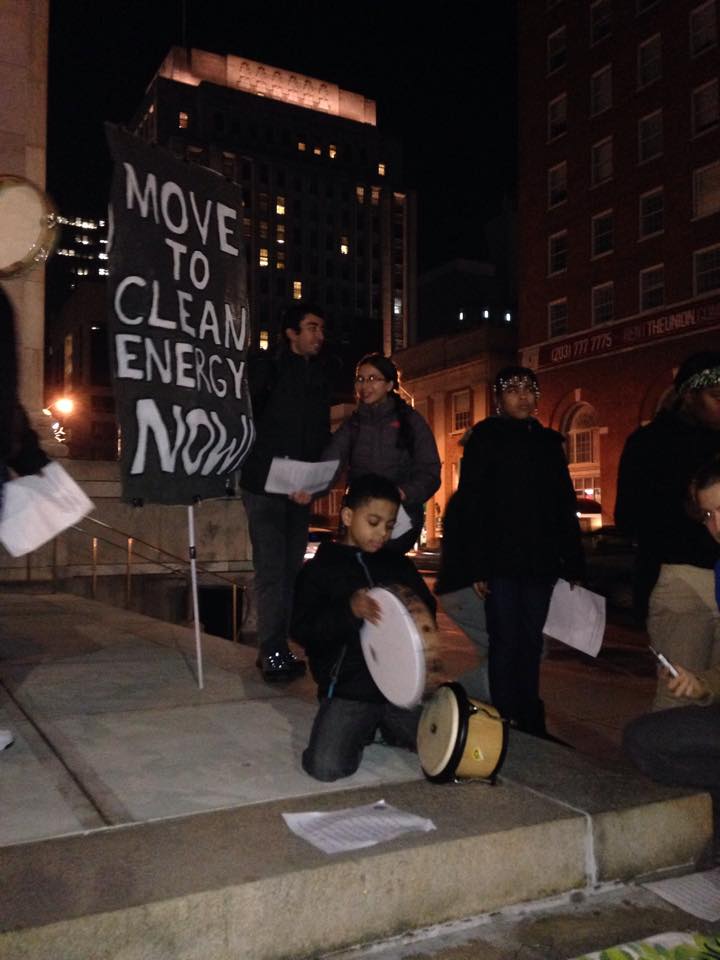
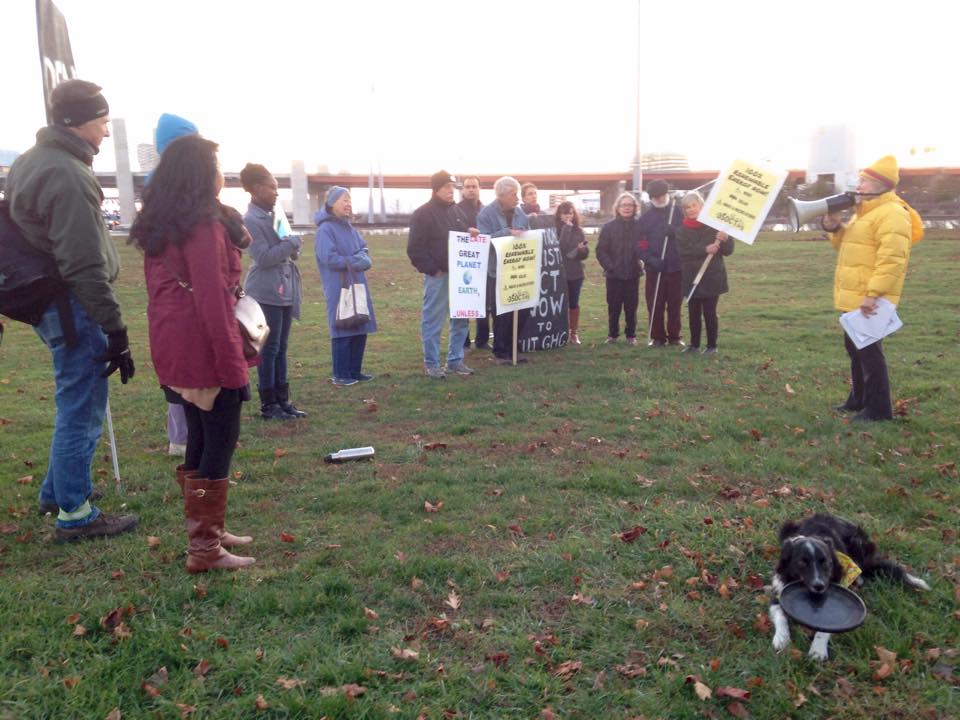
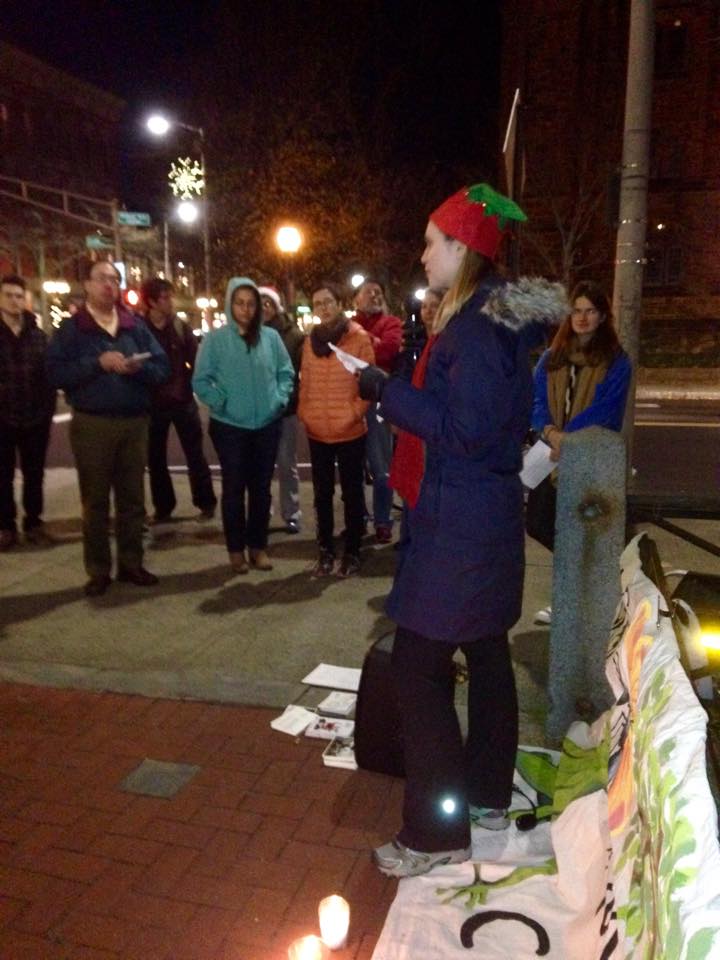

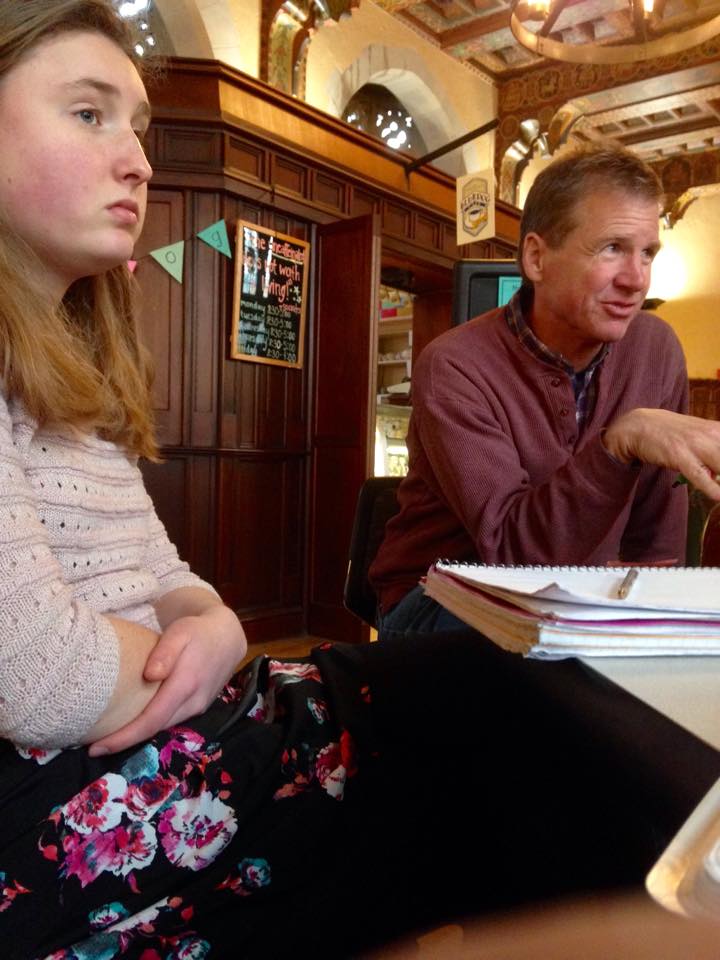
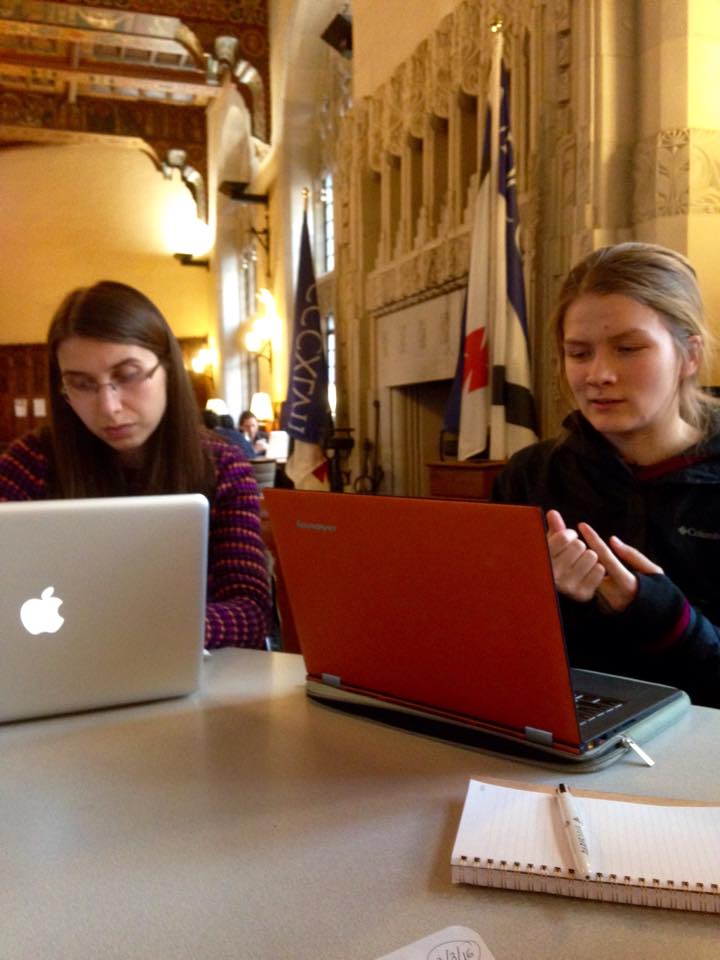
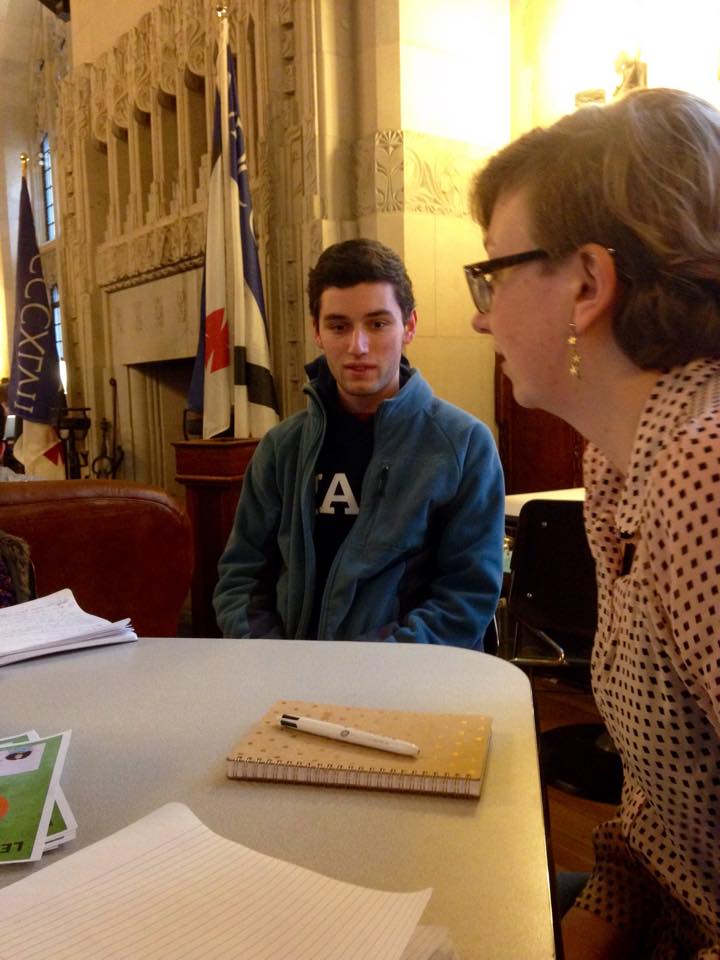
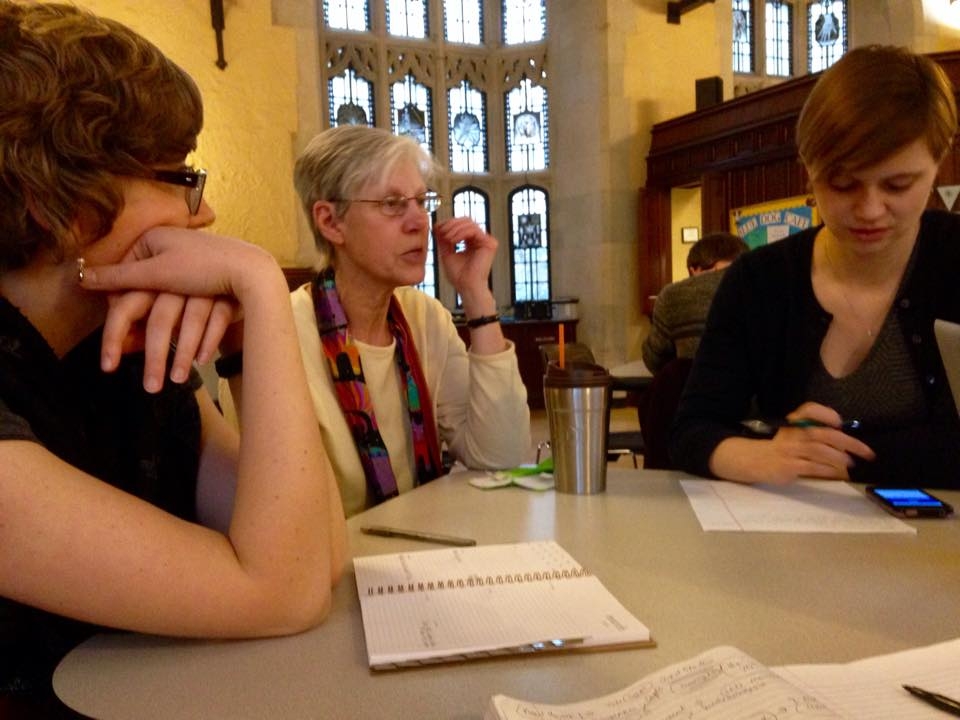
Photos. After the Paris Agreement, New Haven Climate Movement organizes to nudge City Hall toward developing a Climate and Sustainability Plan.
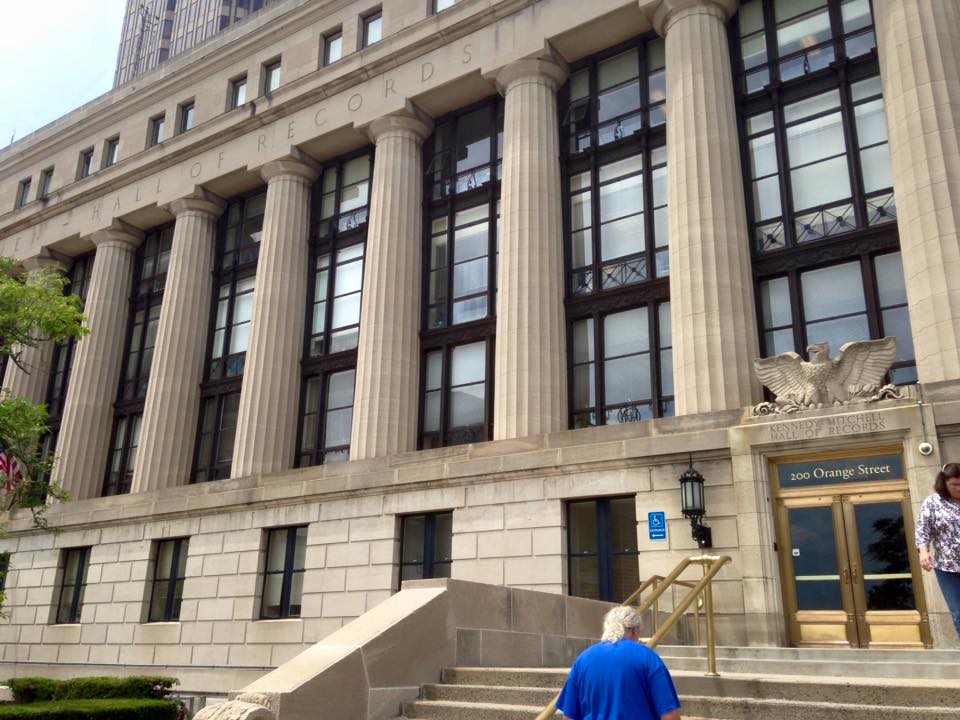
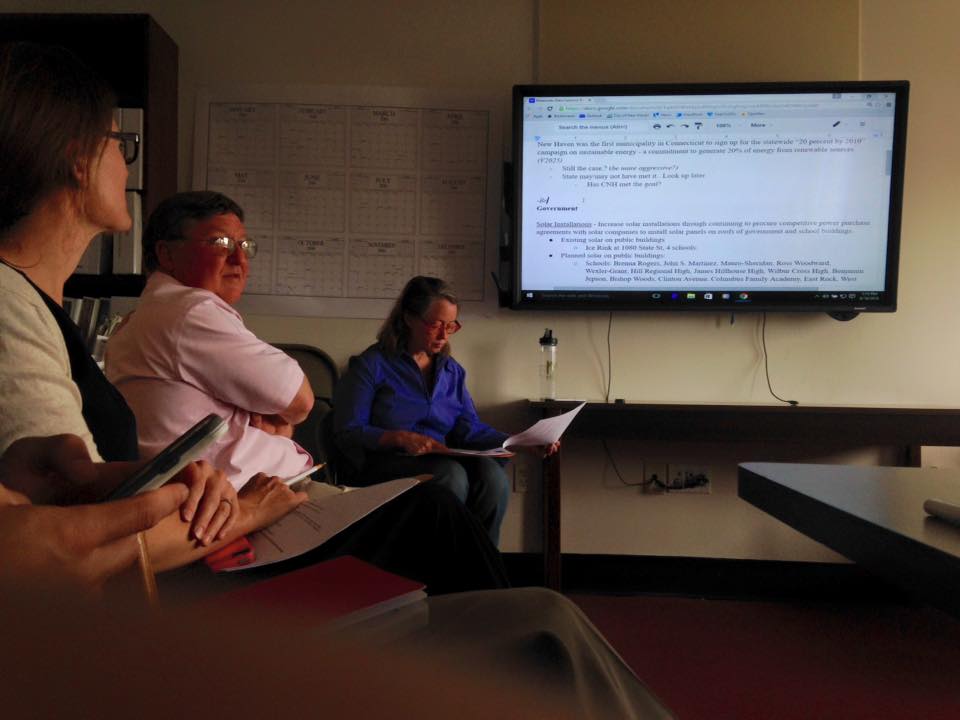
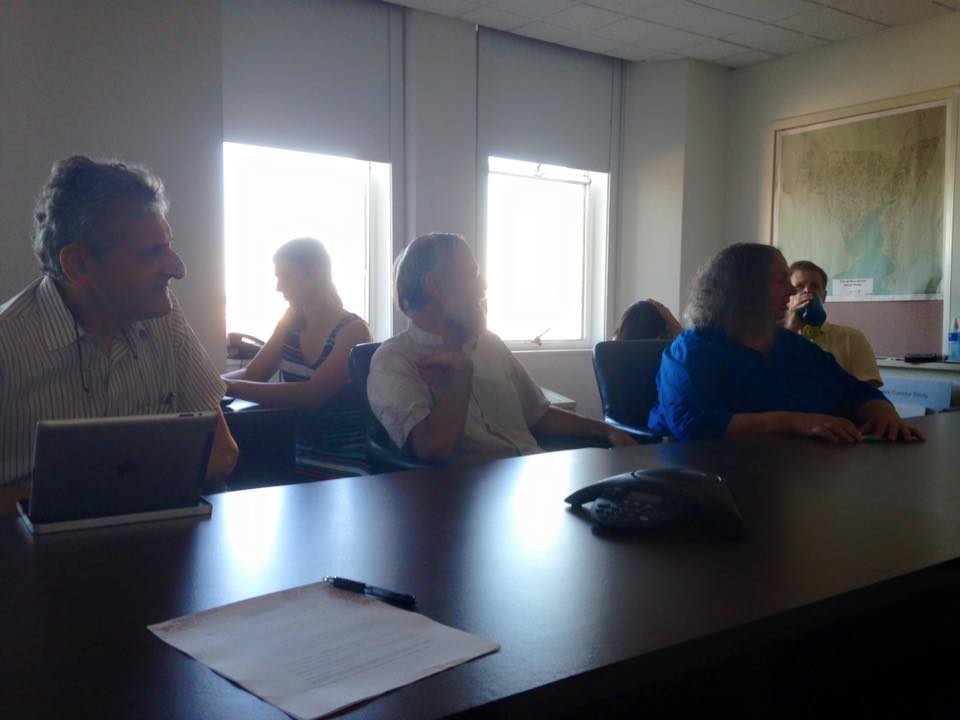
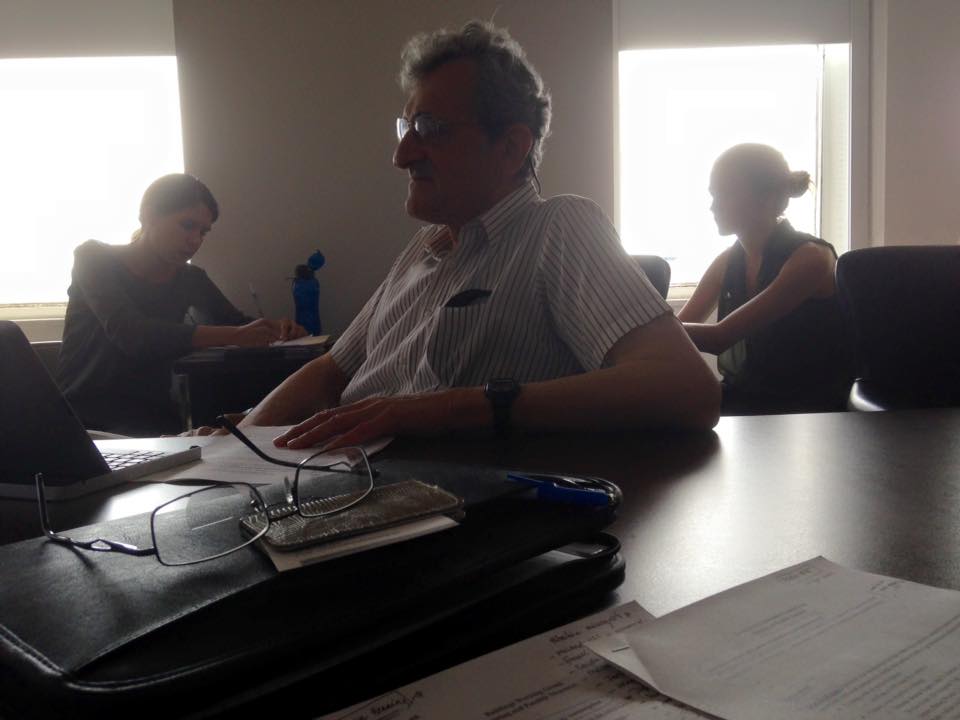
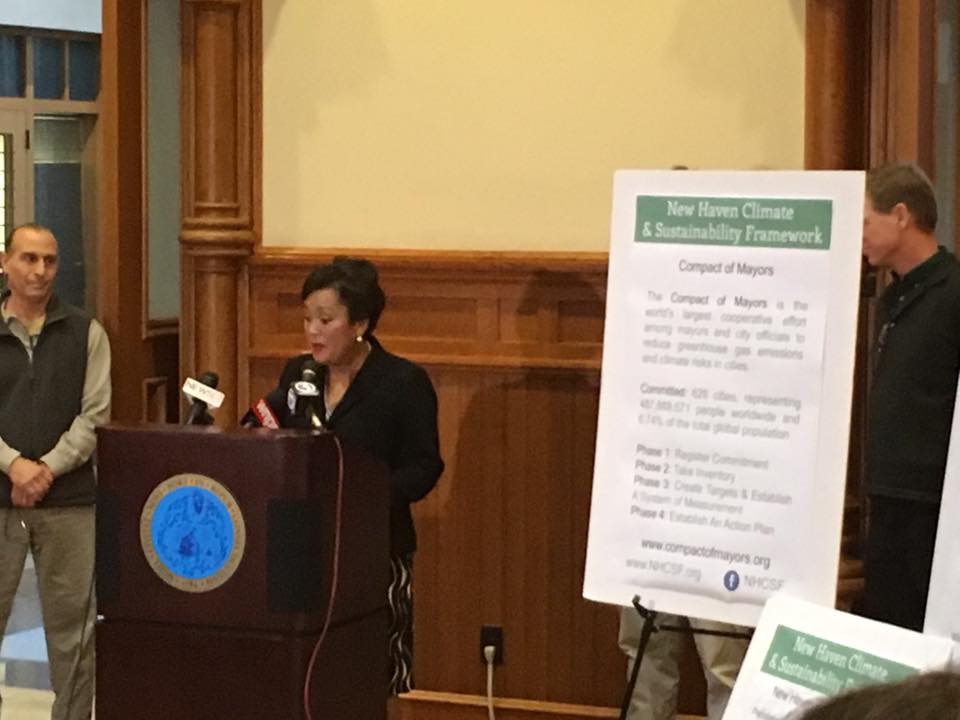
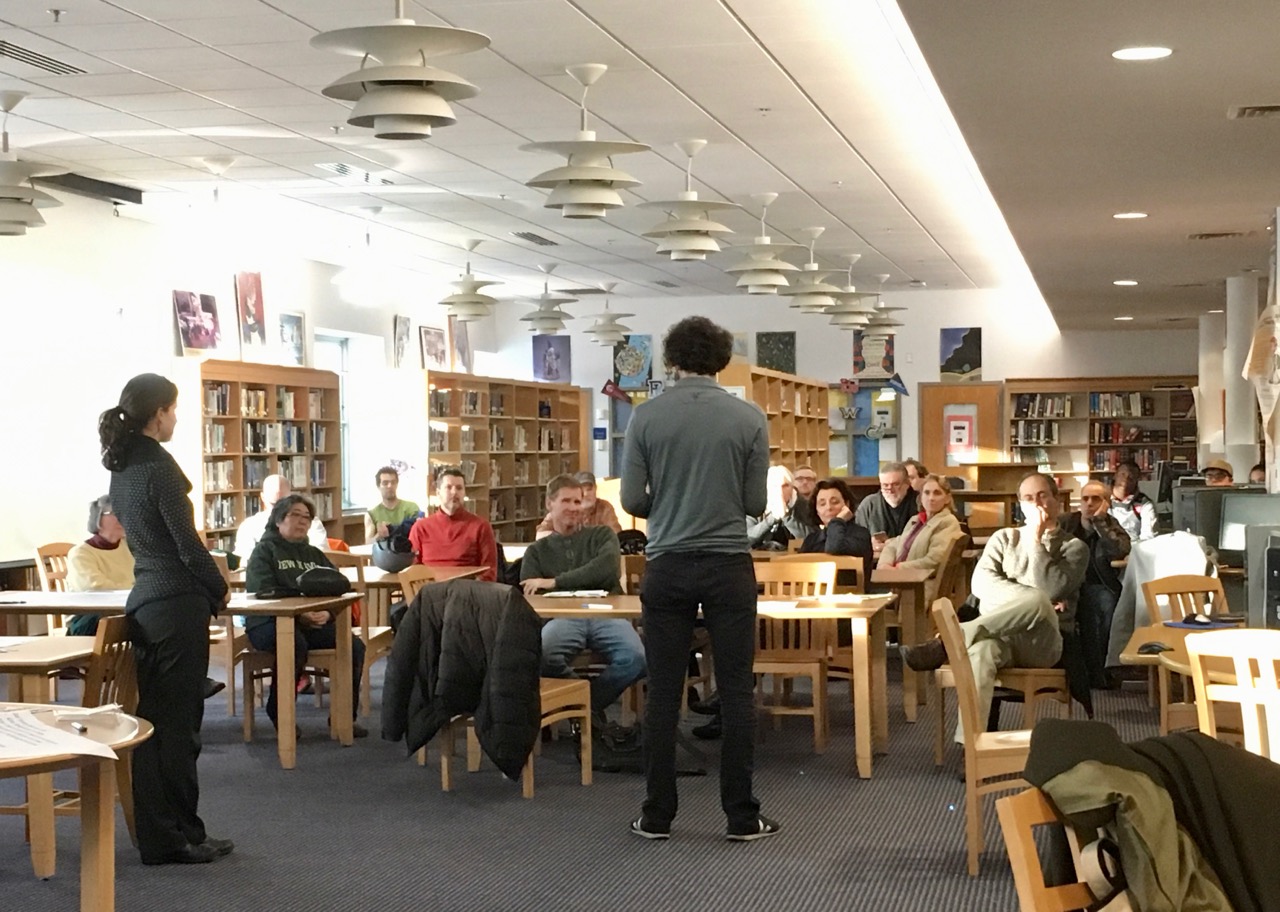
Photos. New Haven communities work with city hall to develop a climate and sustainability framework.
Links: New Haven's Climate & Sustainability Framework, Toni Harp, Dawn Henning, Compact of Mayors.
Our Nutmeg State
The last step is to learn current climate efforts at the state level of Connecticut. I monitor the work in climate adaptation (Resilient Bridgeport) and climate mitigation (GC3: Governor's Council on Climate Change). GC3 is commissioned to reduce our greenhouse gas in Connecticut by 80 percent of 2001 levels by 2050.

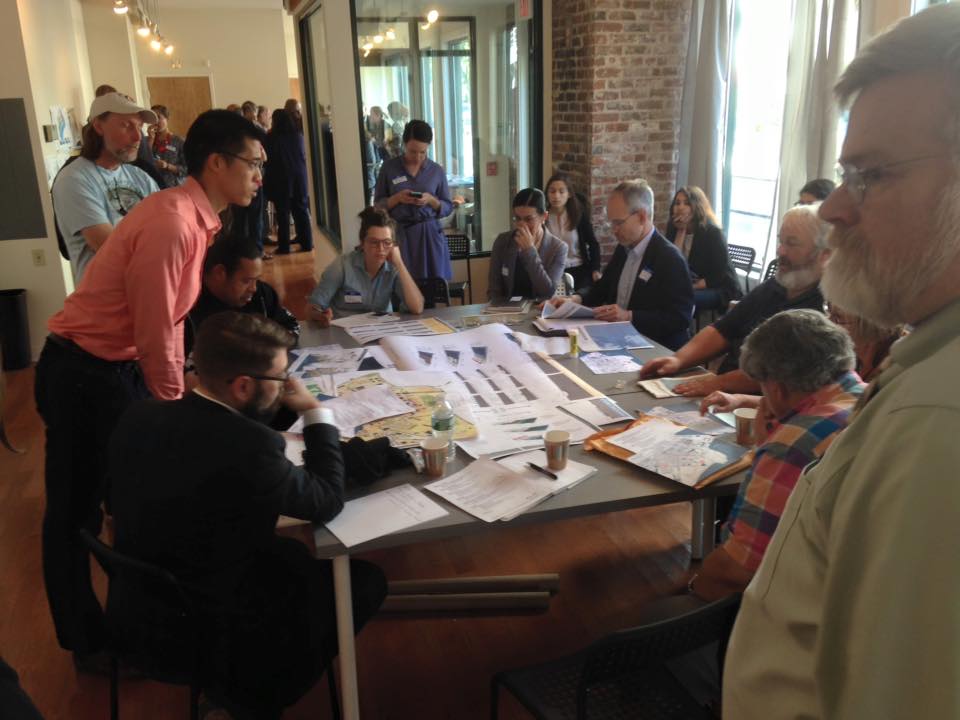
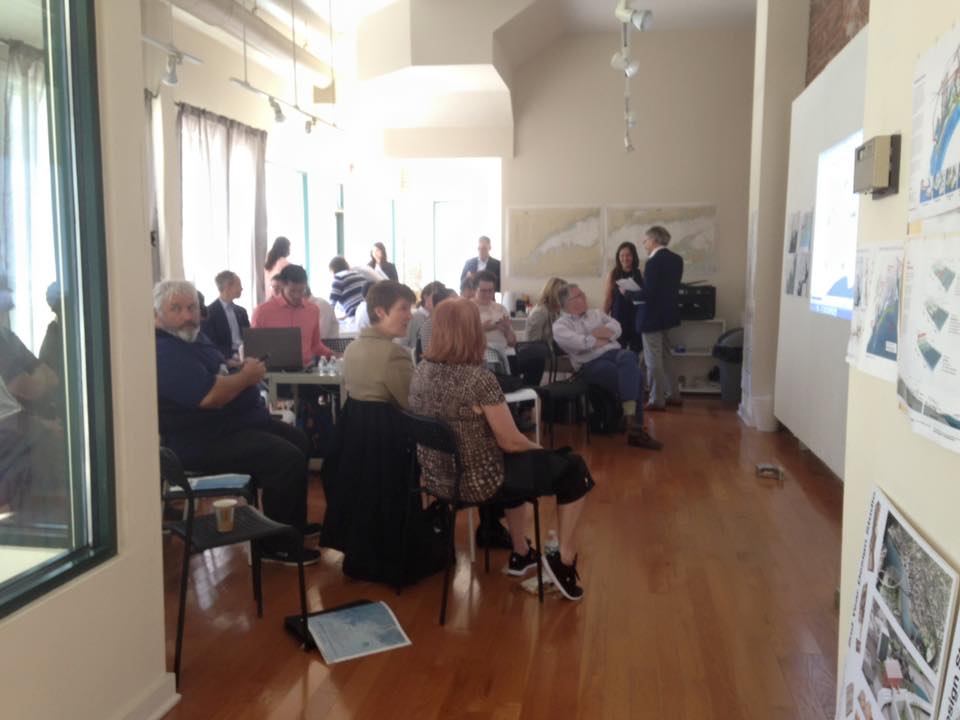
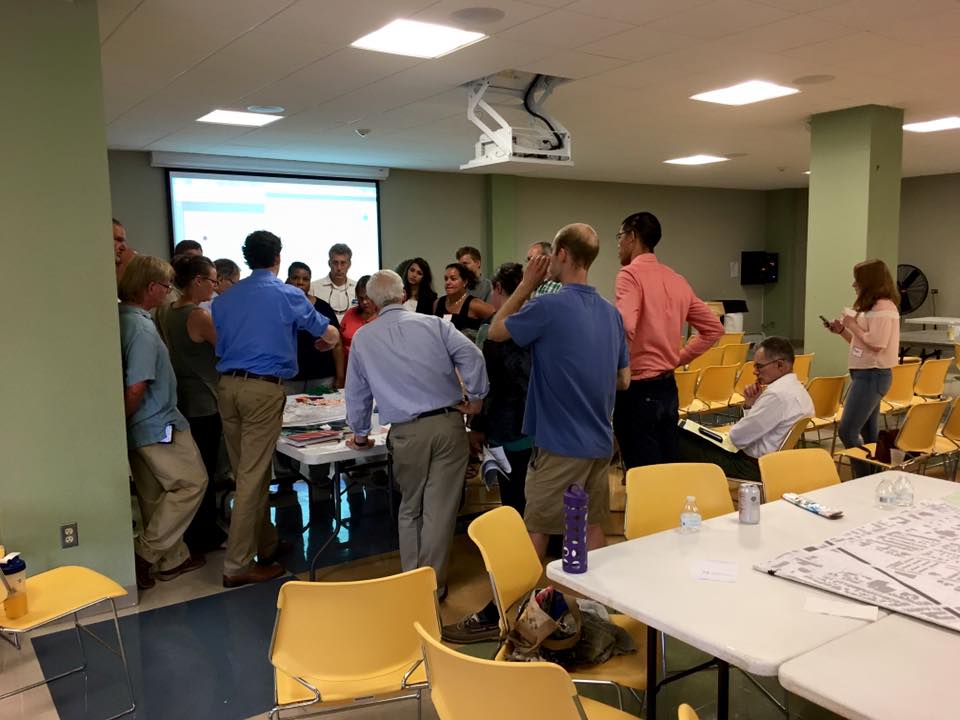
Photos. Staffs of Resilient Bridgeport conduct community meetings to outline plans and get feedback.
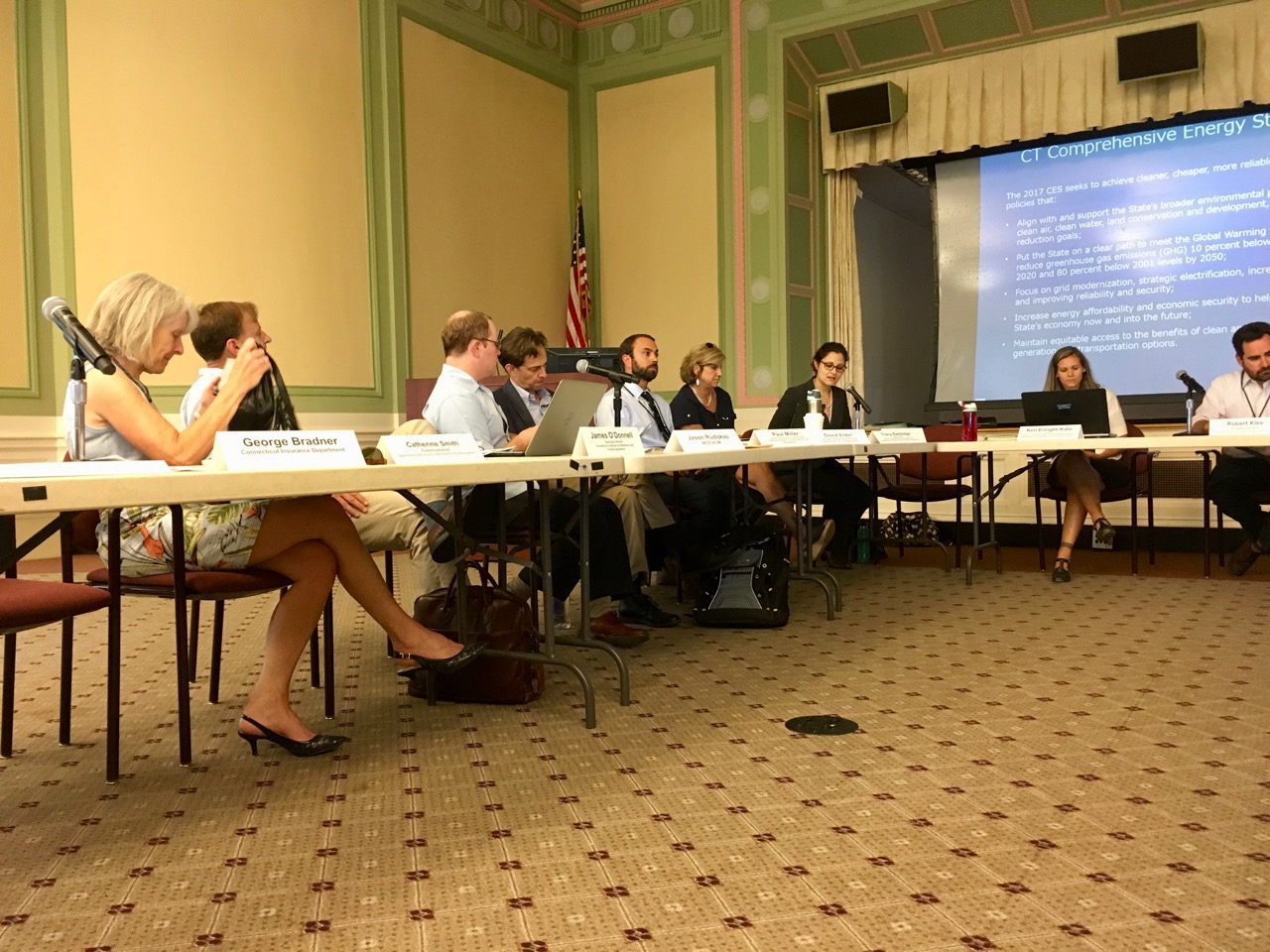


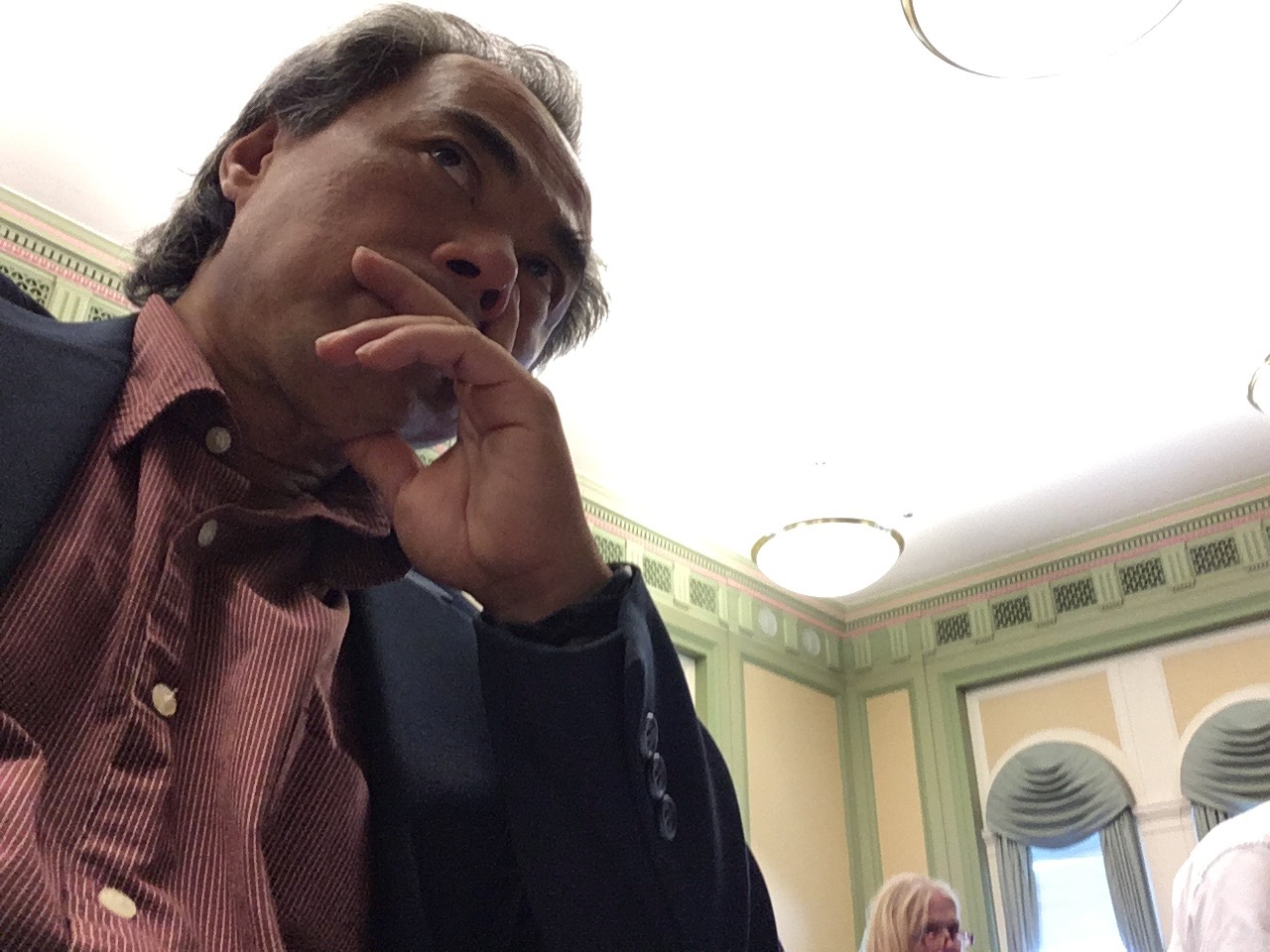
Photos. Governor's Council on Climate Change (GC3) meets in Hartford and plans for reaching the Connecticut 2050 reduction goal in greenhouse gas emission.
Links: Governor's Council on Climate Change, GC3 Members, Rob Klee, Keri Enright-Kato.
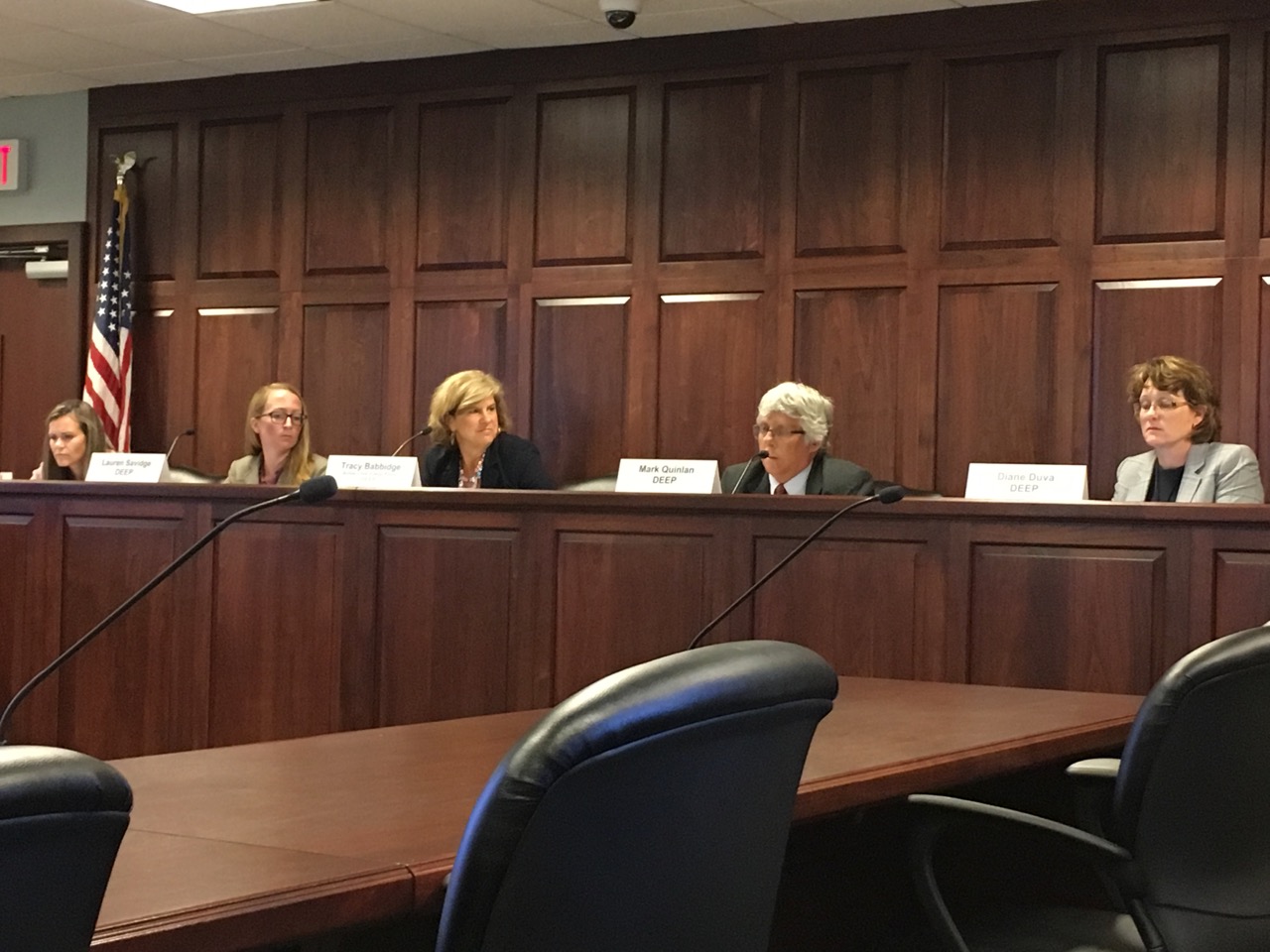
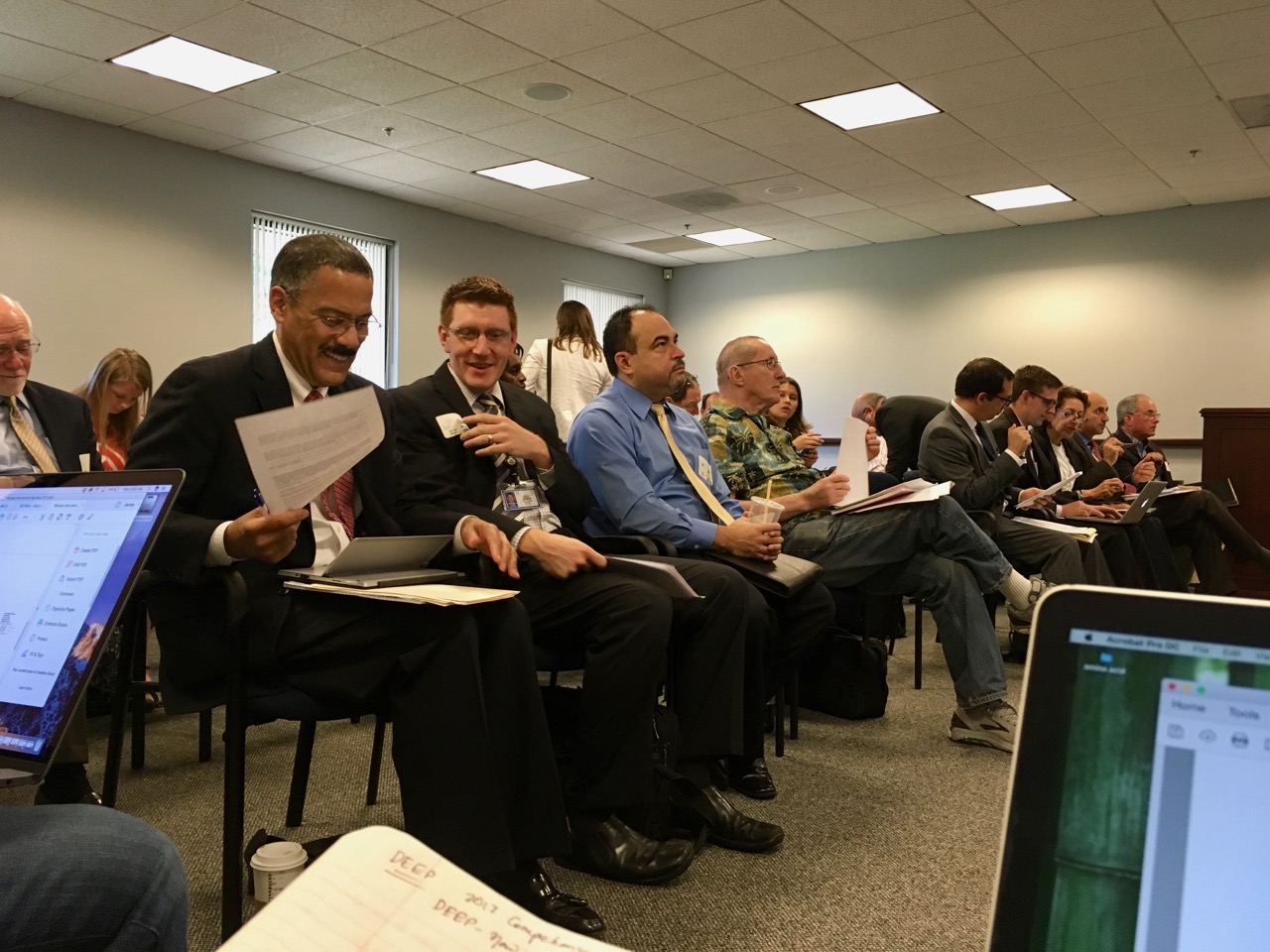
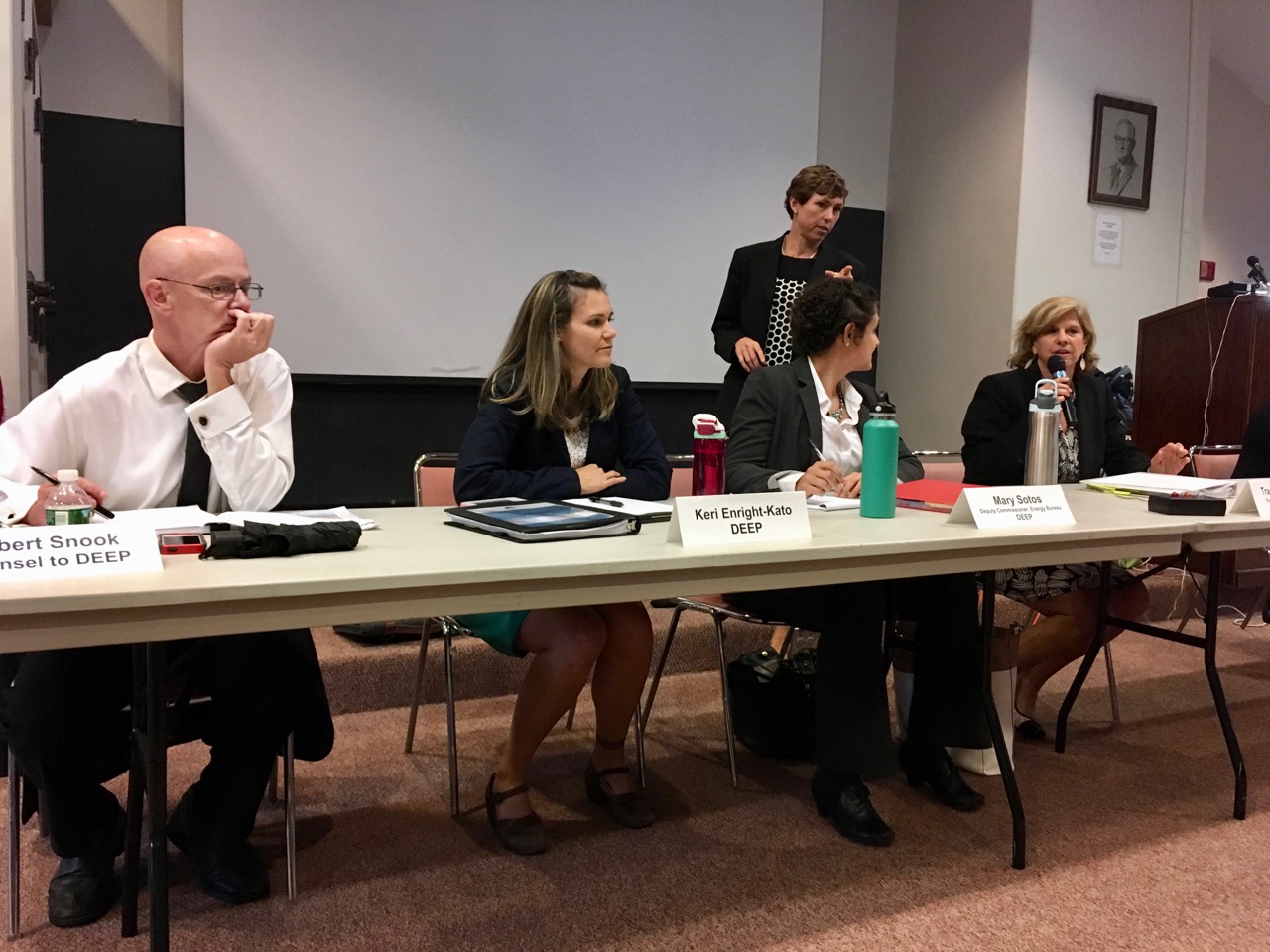
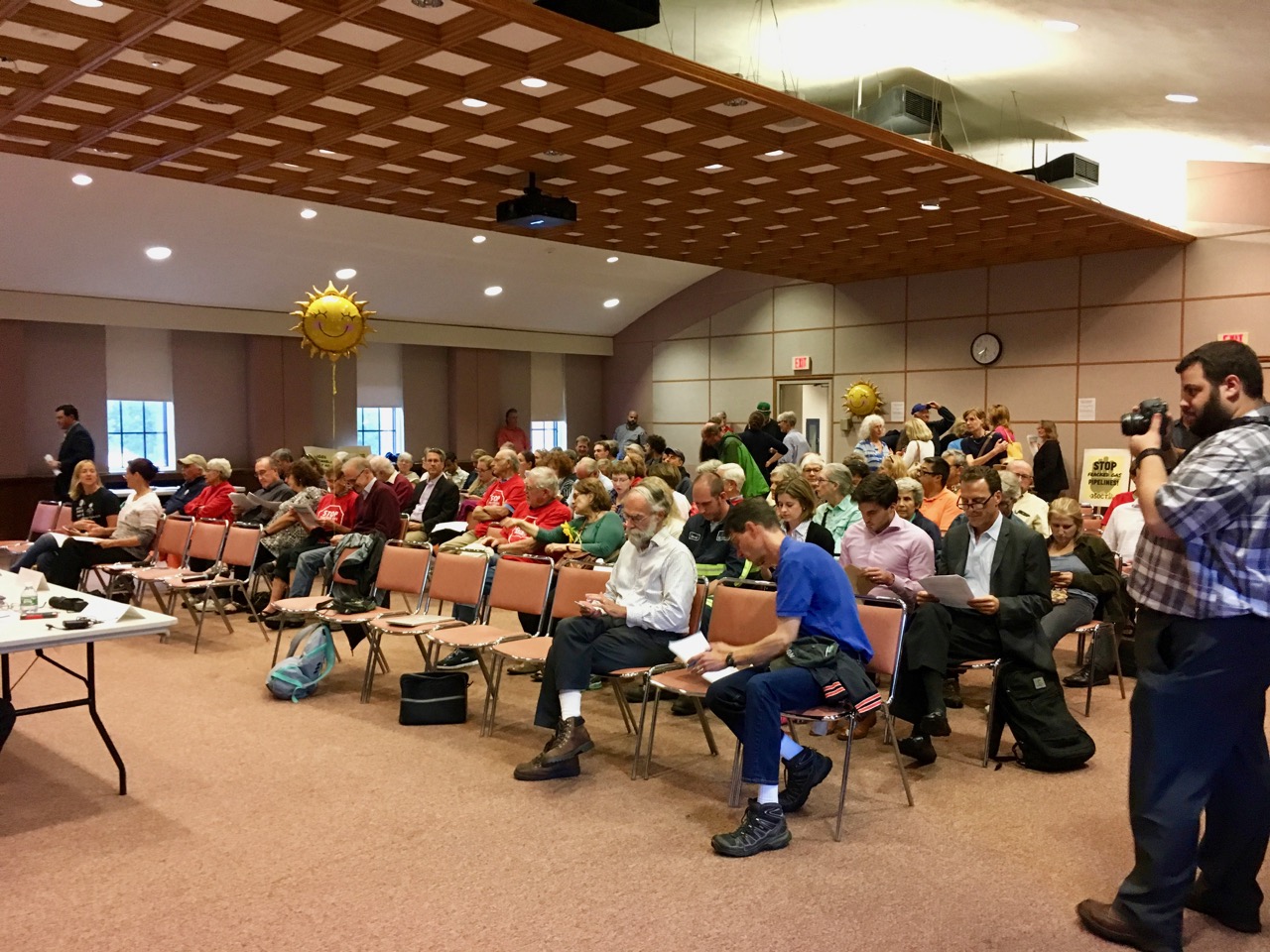
Photos. Connecticut state officials give hearings for the Comprehensive Energy Strategy. The Department of Energy and Environmental Protection (DEEP) adjusts the strategy every three years.
My preparation is completed
For five years, I digested daily environmental news from city to global level. The regular talks at Yale show our leading edge of seeing problems and thinking of solutions. Yet, I see huge gaps existing between good solutions and actuality in the U.S.
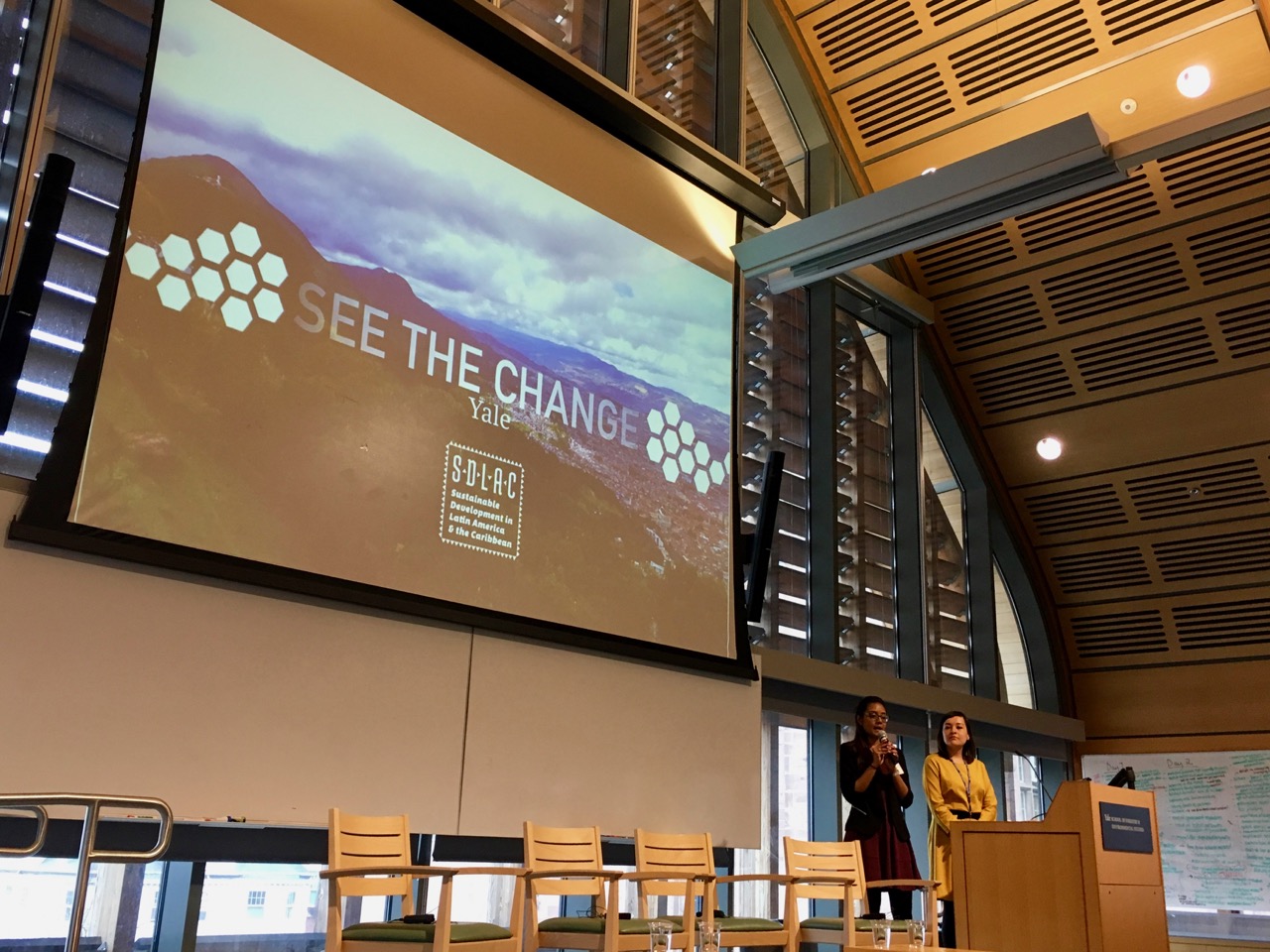
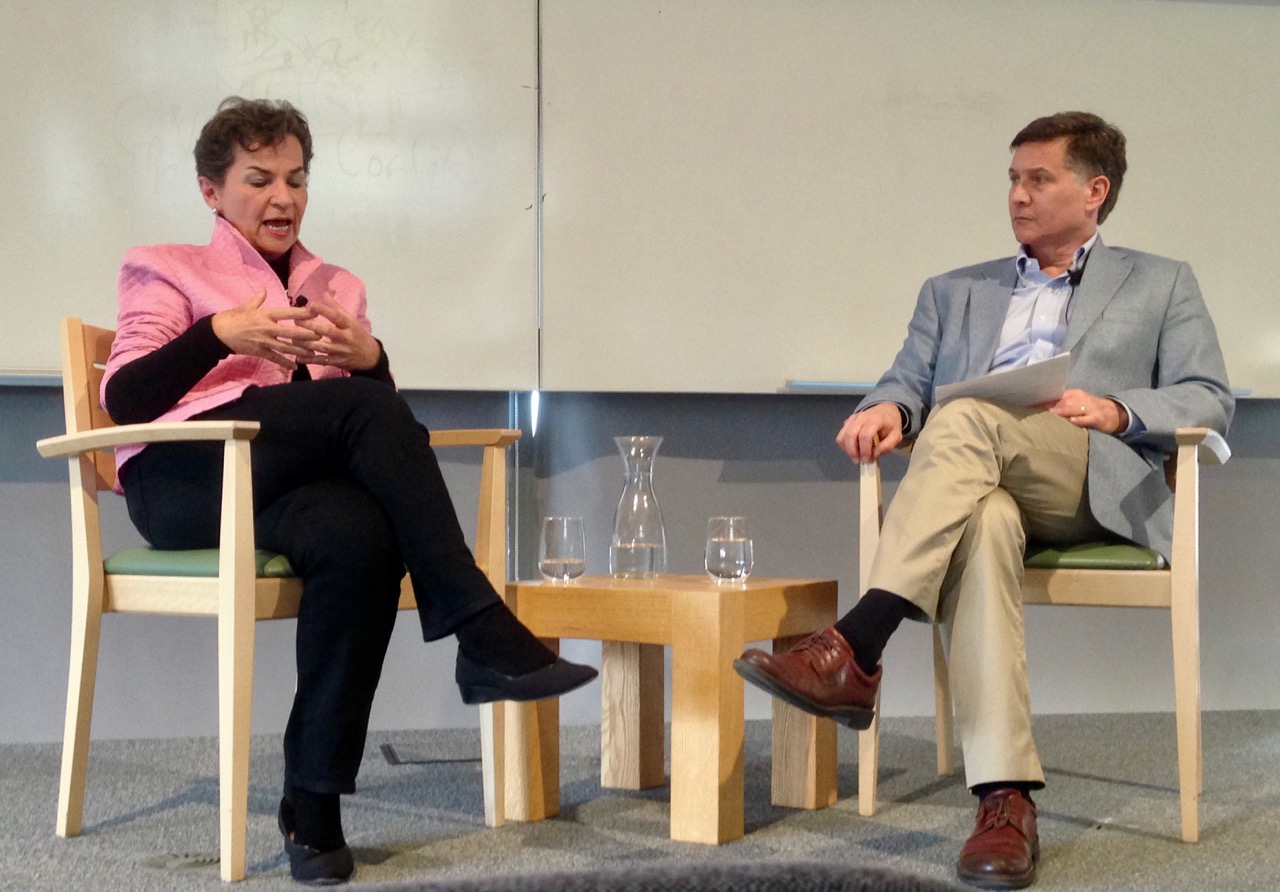
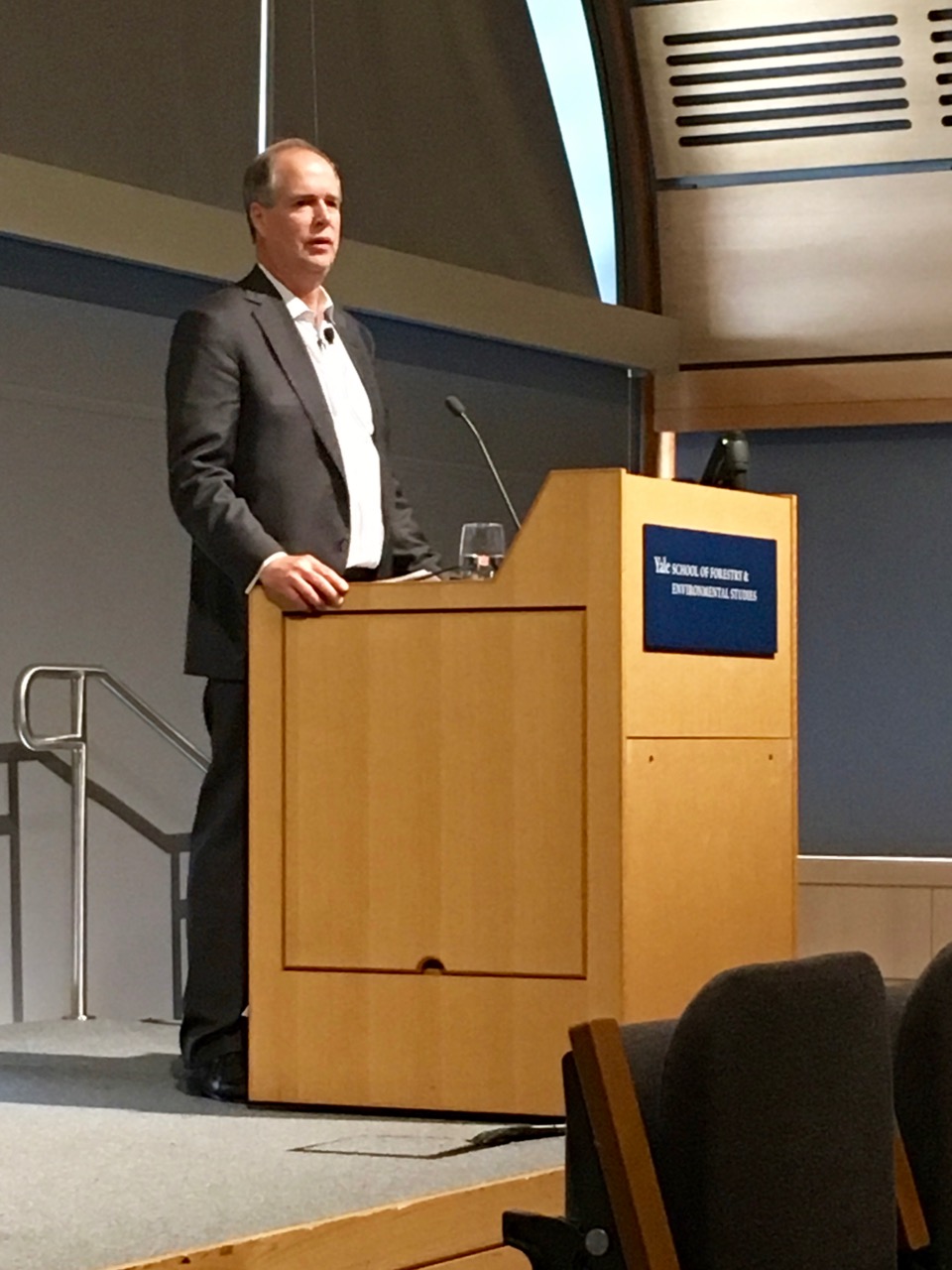

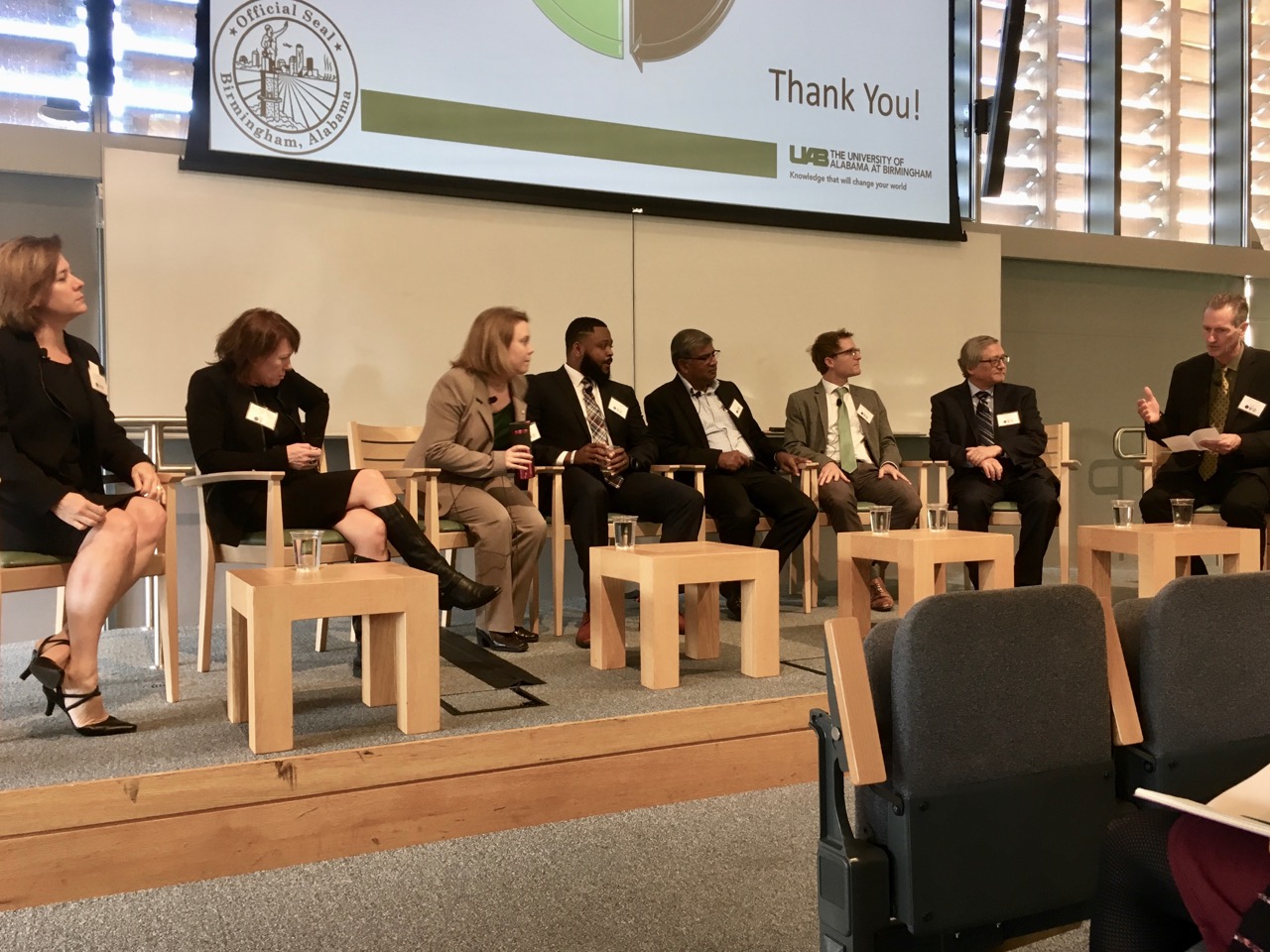
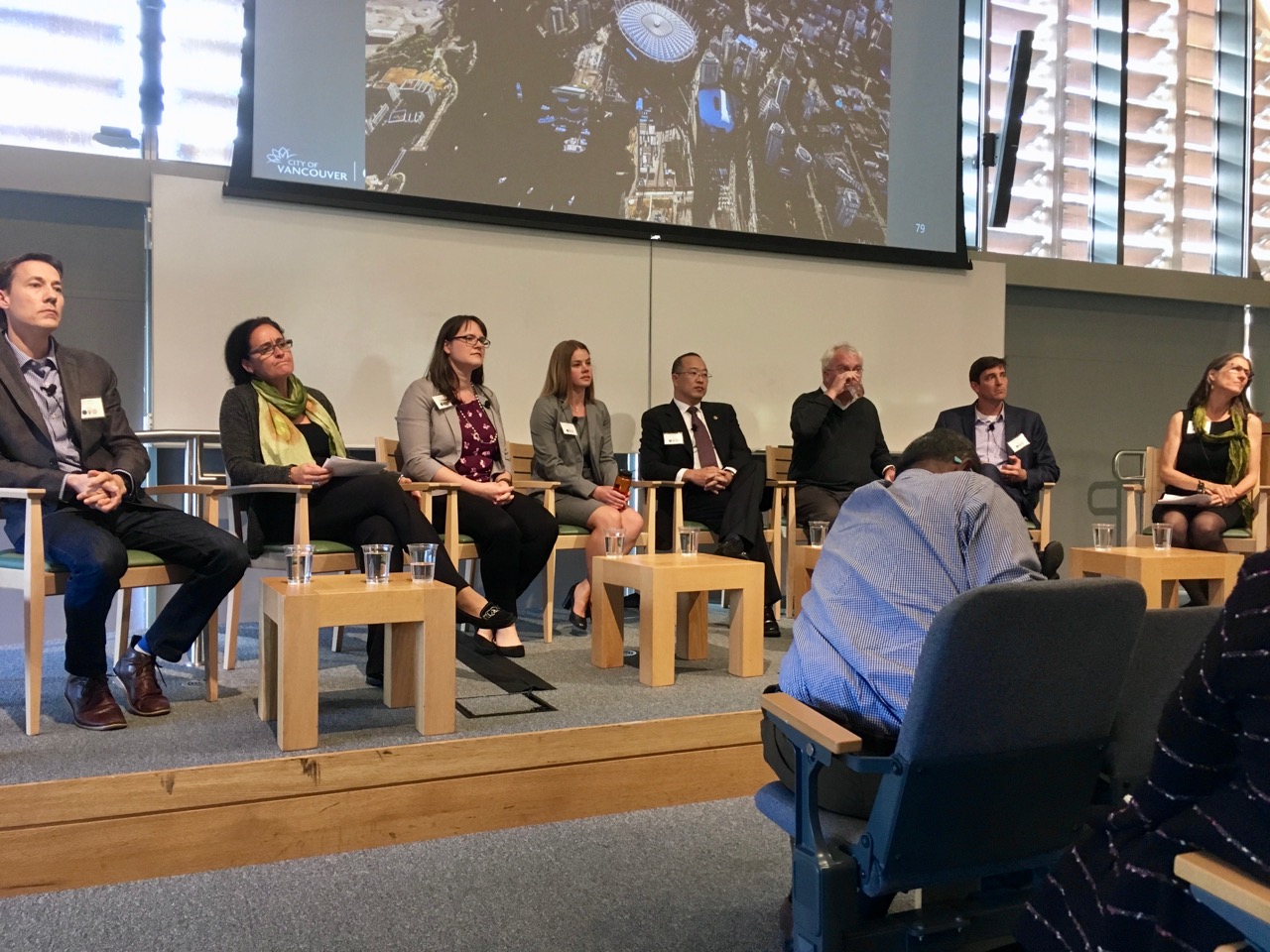

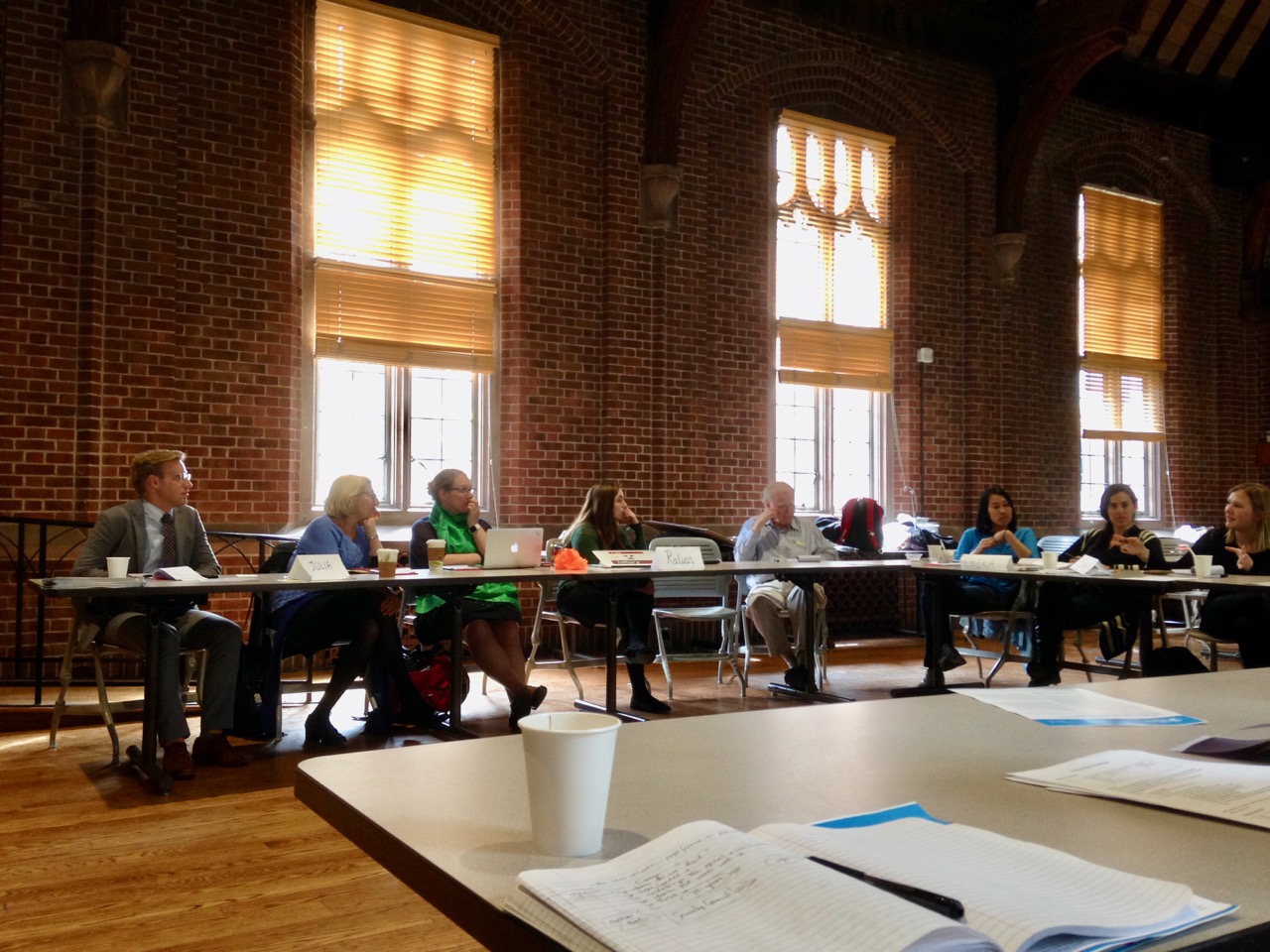
Photos. Talks and symposia hosted by Yale schools (F&ES, Business, and Law).
Links: Second Conference on Sustainable Development in Latin America & The Caribbean, Daniel Esty, Christiana Figueres, David Lawrence, Karen Seto, Conference on Urban Resilience & Sustainability, Gaboury Benoit, Ginger Chapman, Forging University-Municipality Partnerships Toward Urban Sustainability, Frances Beinecke, Lennox Yearwood, Hip Hop Caucus, Future of the UN: Student Retreat and solutions, Julia Marton-Lefèvre.
Photos. Yale Seminars and Symposia.
Links: Todd Stern, Mary Evelyn Tucker, Oswald Schmitz, Carl Zimmer, Gary Machlis, Gregory McGruder, Ingrid Burke, Karen Seto, David Steen, Roger Cohn, Yale US-China Forum, Yale Entrepreneurship and Innovation Summit, Science Communication Workshop, More than Nature: Environmental Humanities at Yale Conference, Science & Storytelling Symposium.
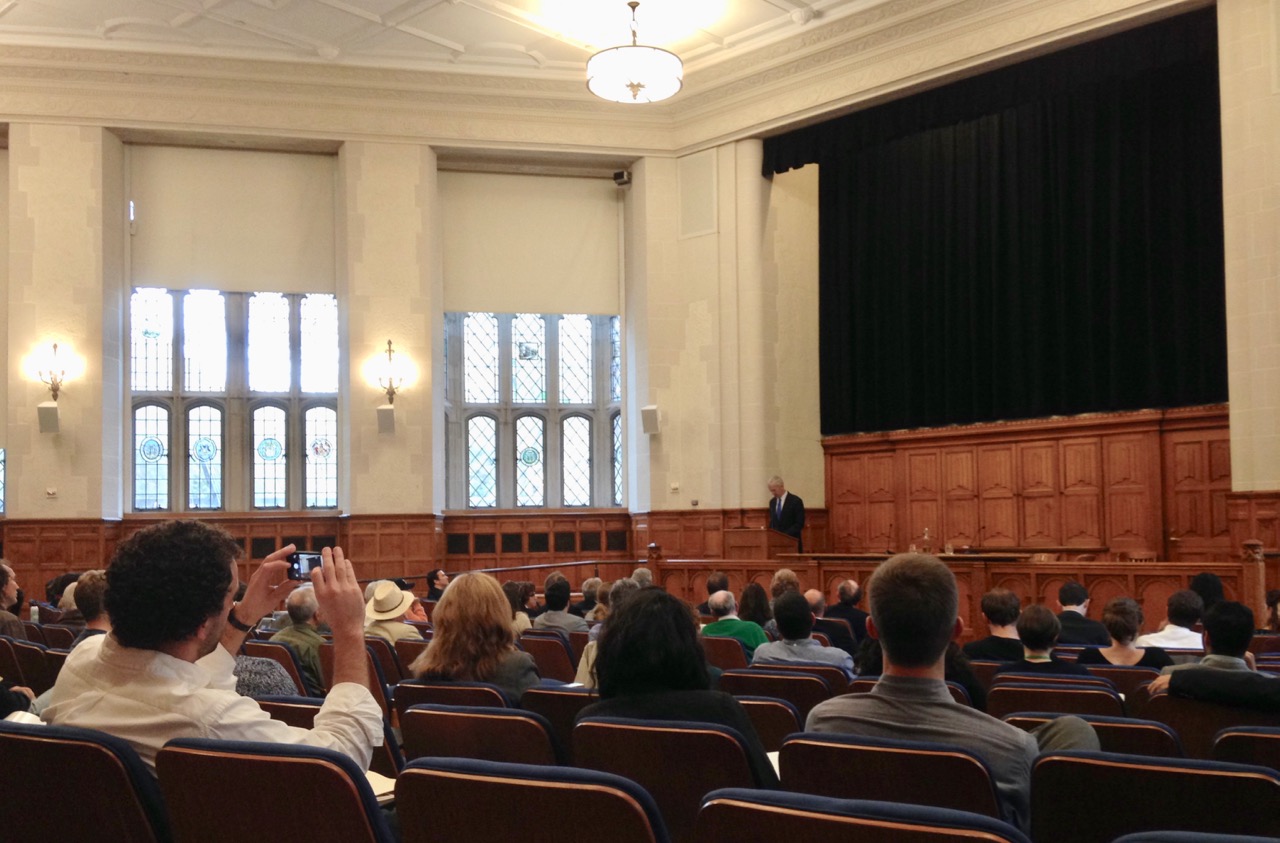
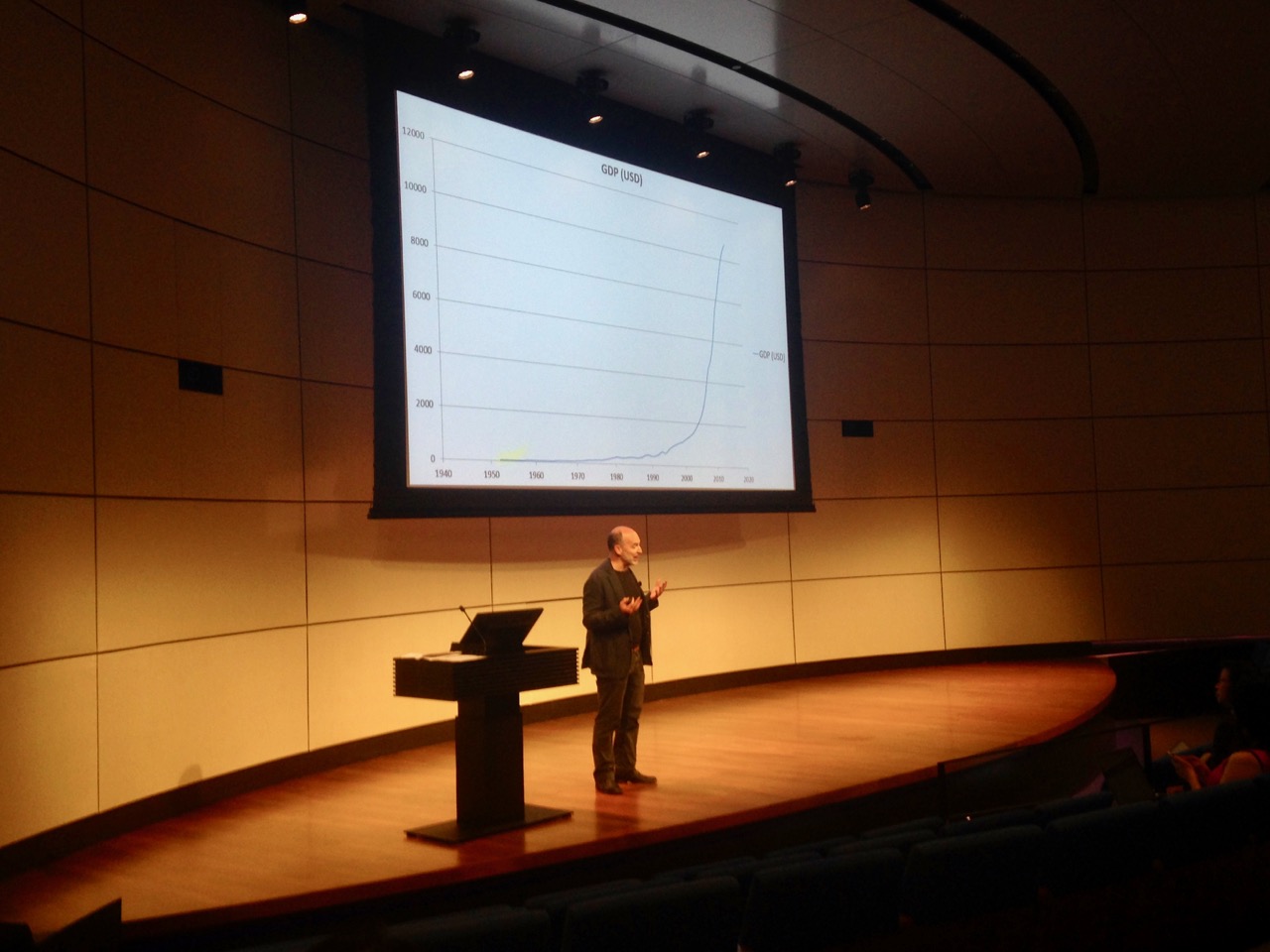



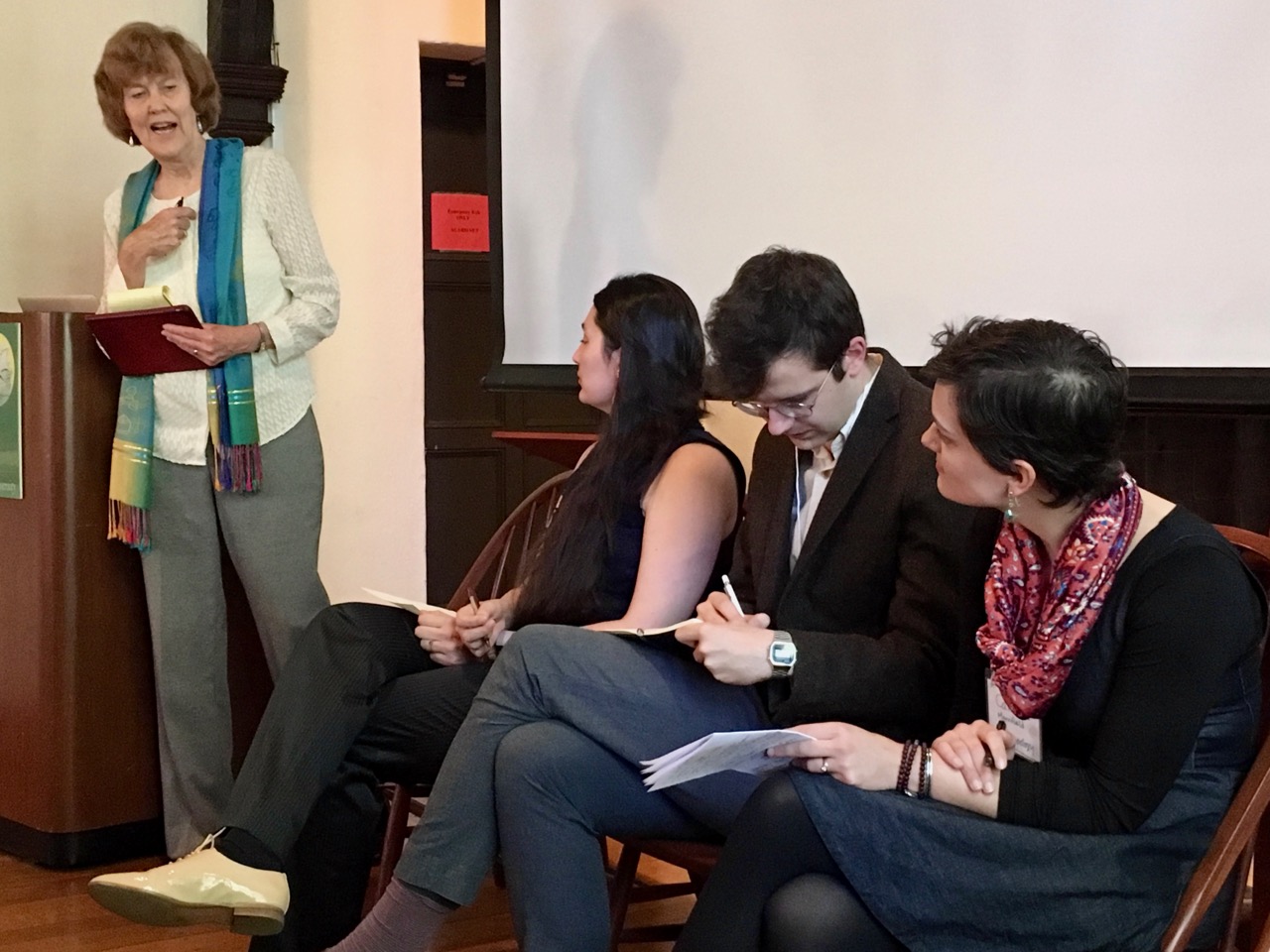

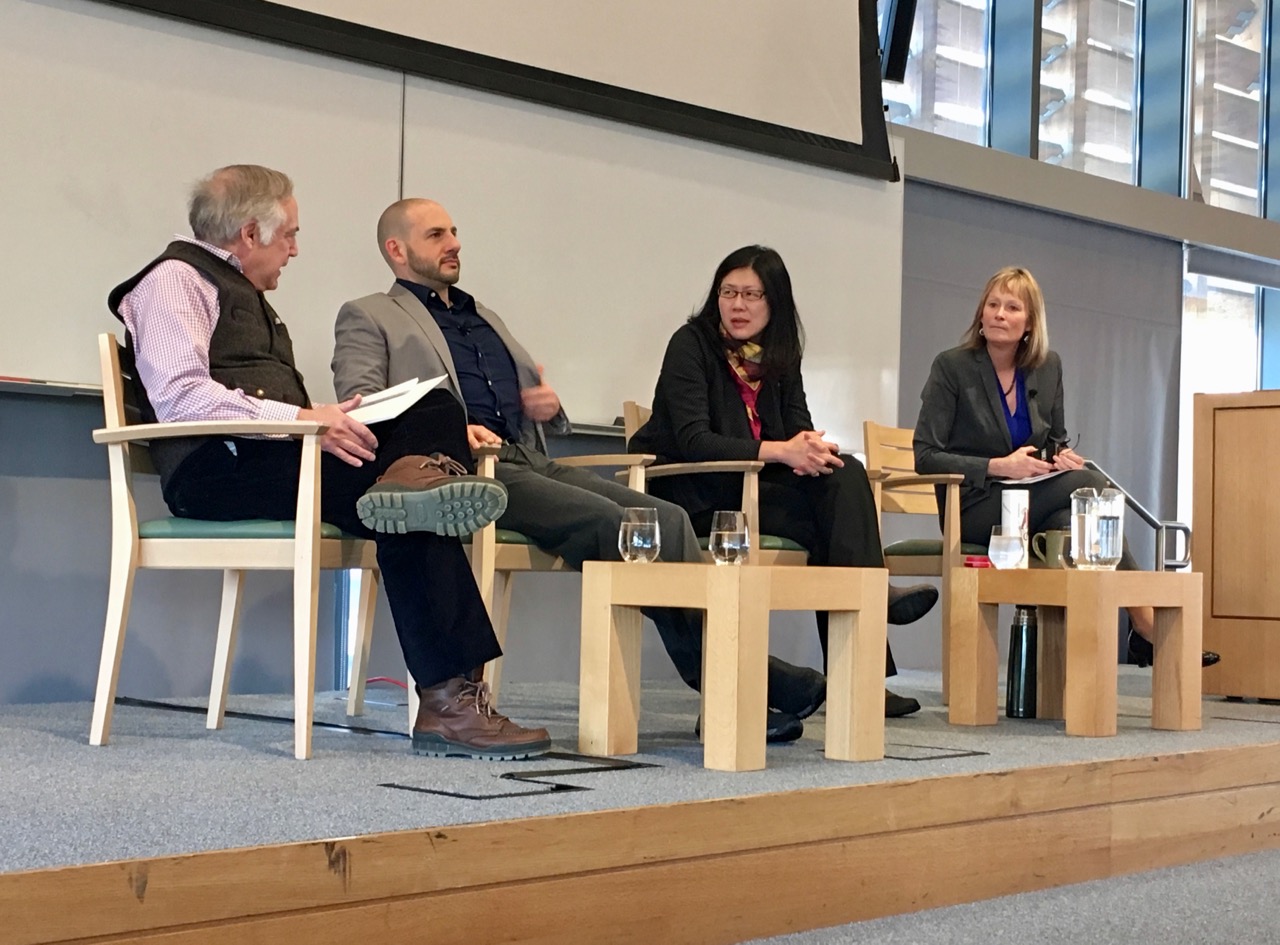
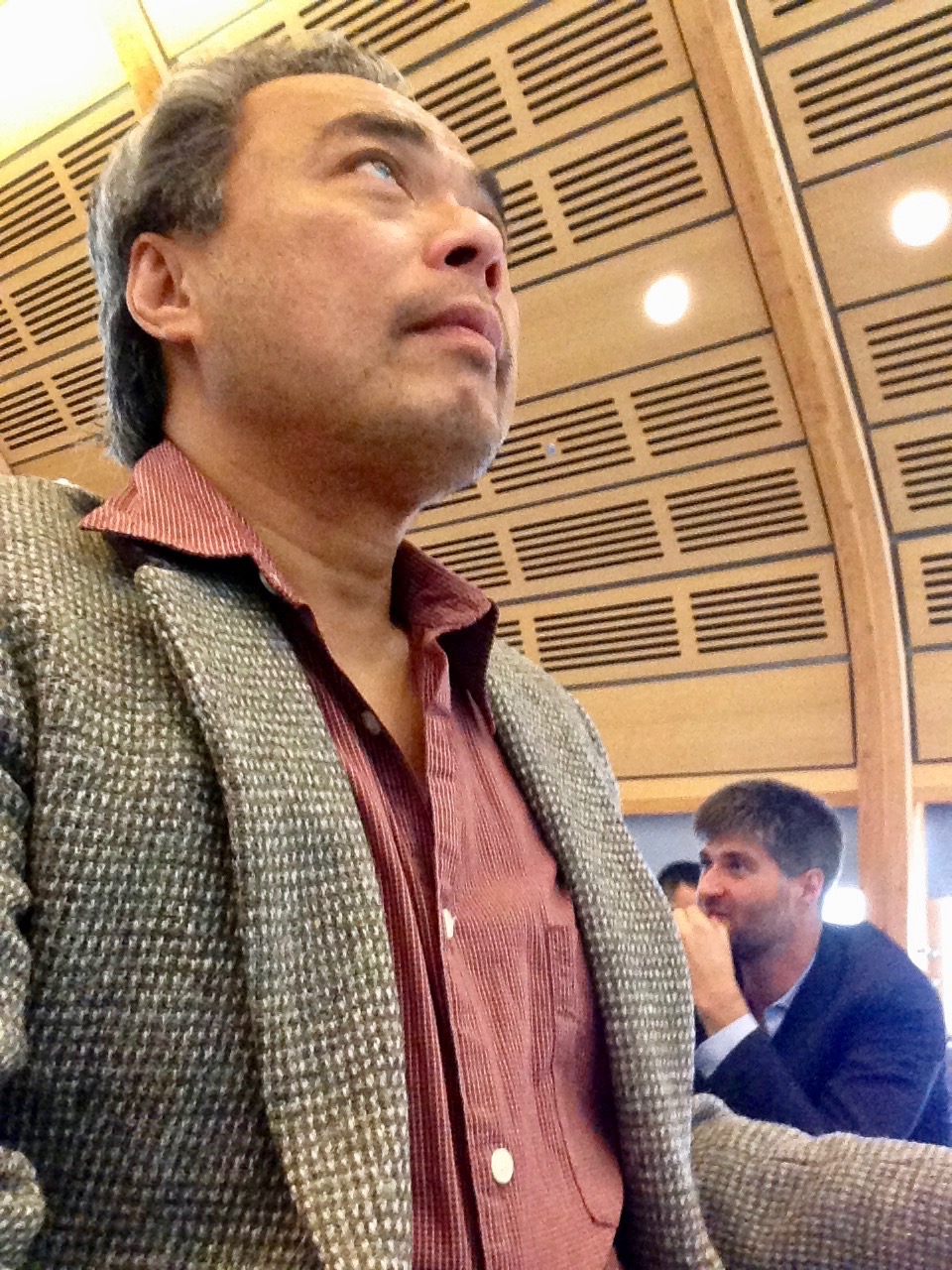
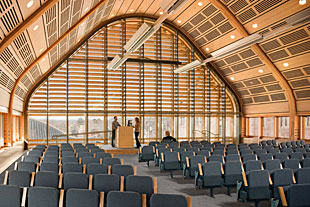
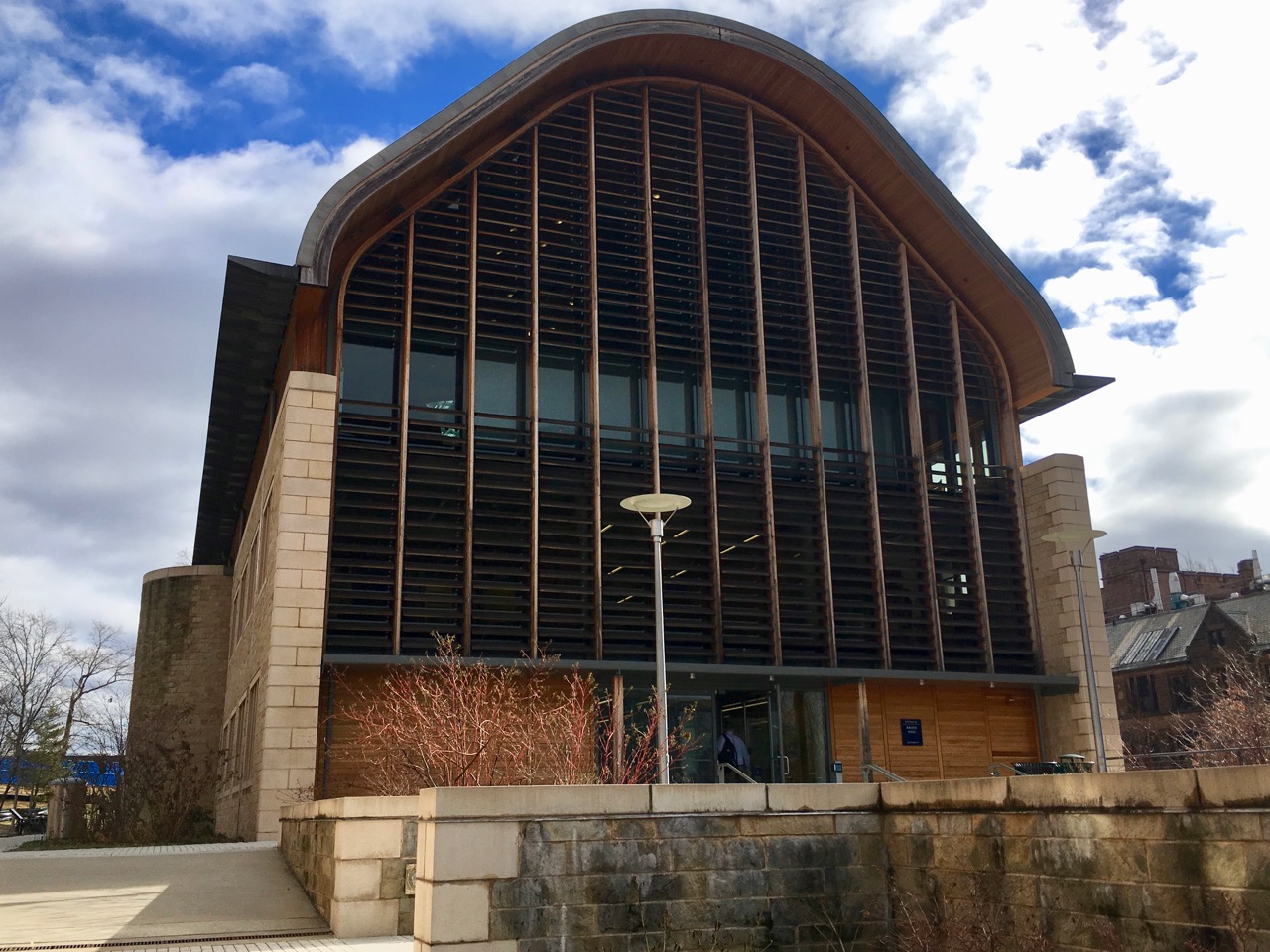
Photos. Huân opens himself to the world's environmental problems and solutions in Burke Auditorium, Yale School of Forestry and Environmental Studies.
The Innovation.
This Rip van Winkle has awakened and tuned in. I see the strengths and weaknesses of our current efforts and where I can contribute.
I have developed two proposals that may innovate our implementation of climate mitigation and adaptation at the local (Next Elm City) and national (Next Blue Orb) levels. See What's Next.
Press
City, University leaders talk urban sustainability. Josh Purtell, Yale Daily News, October 16, 2017.
